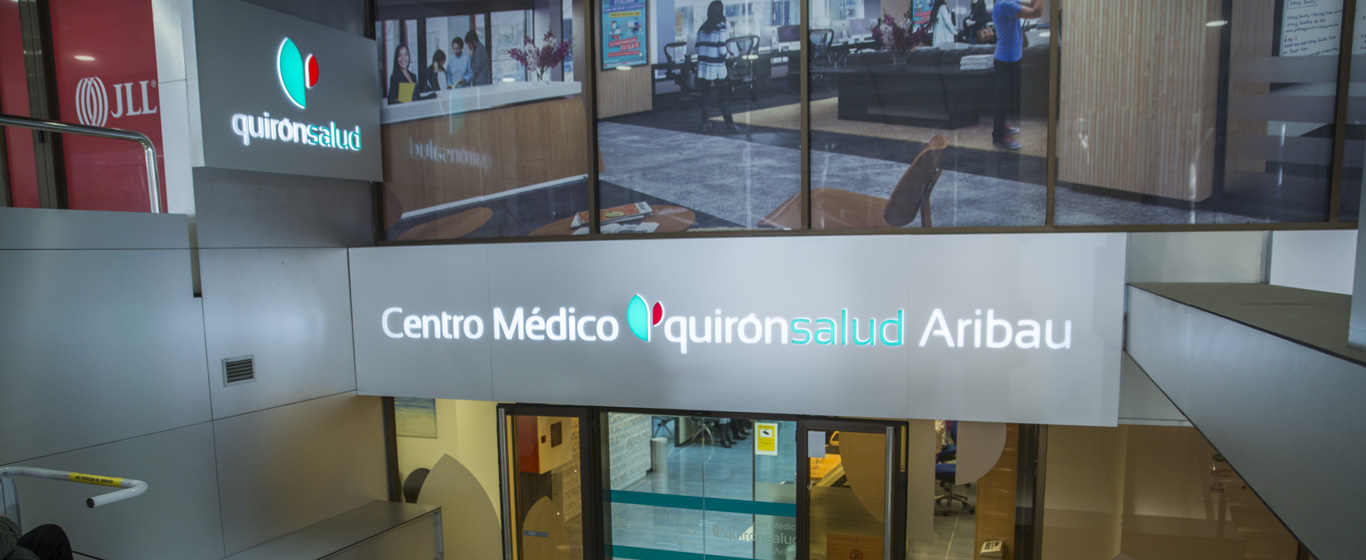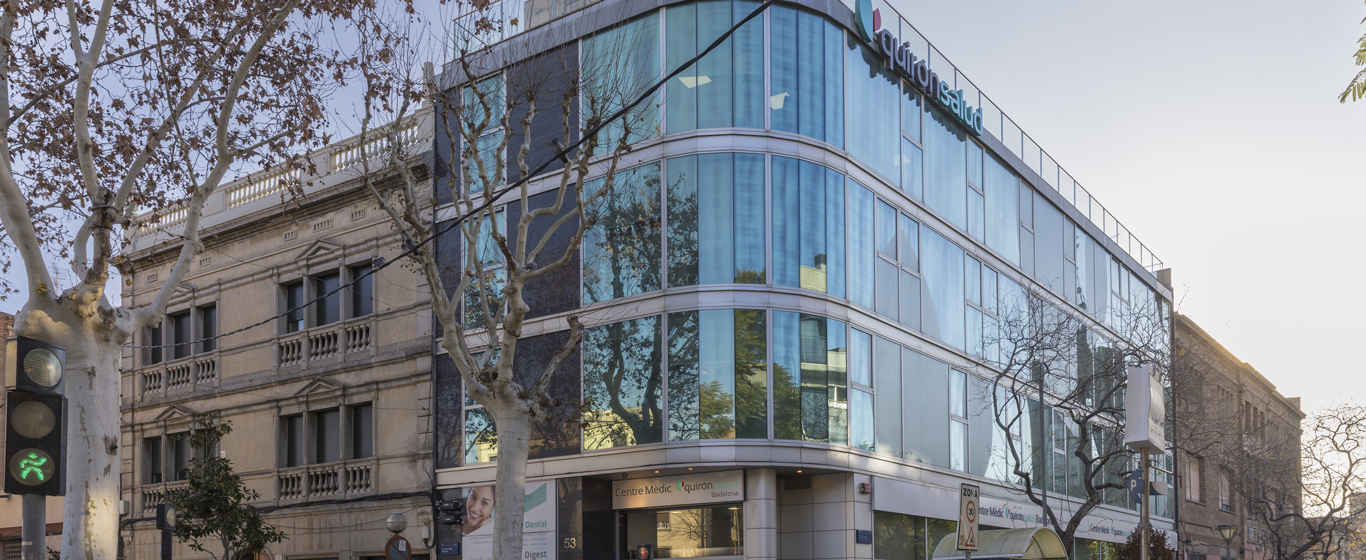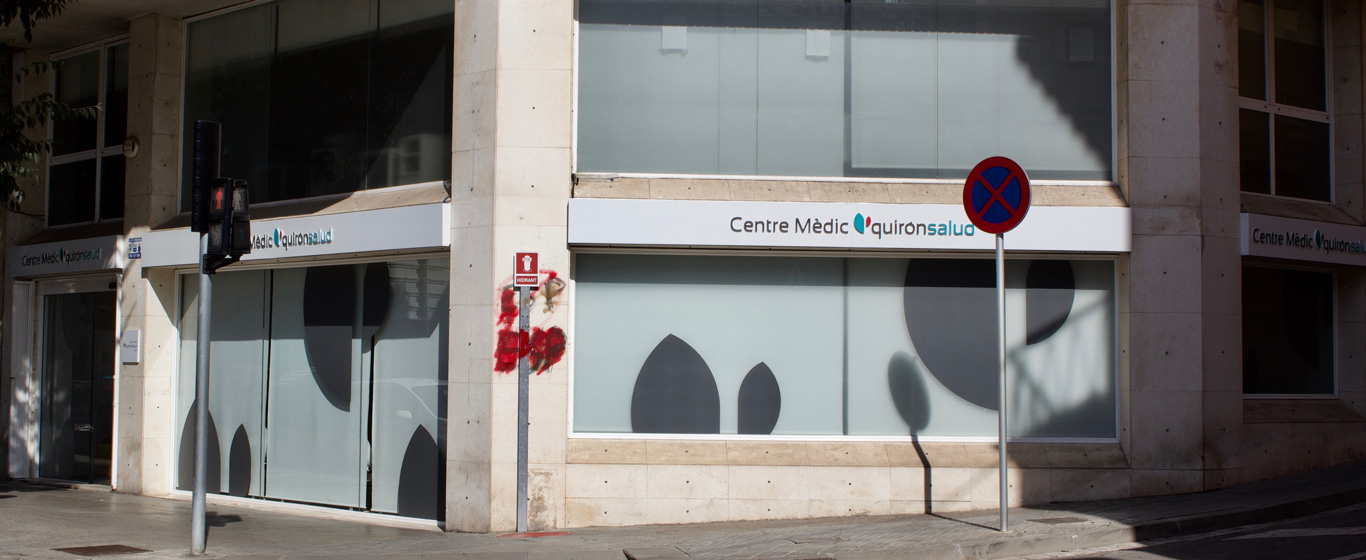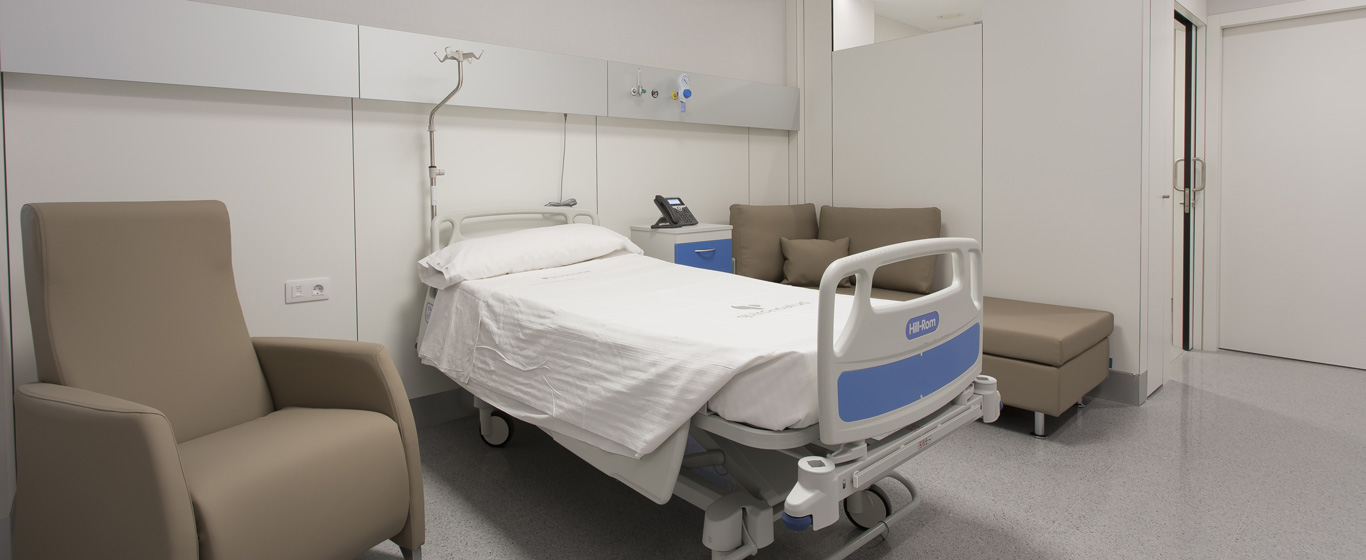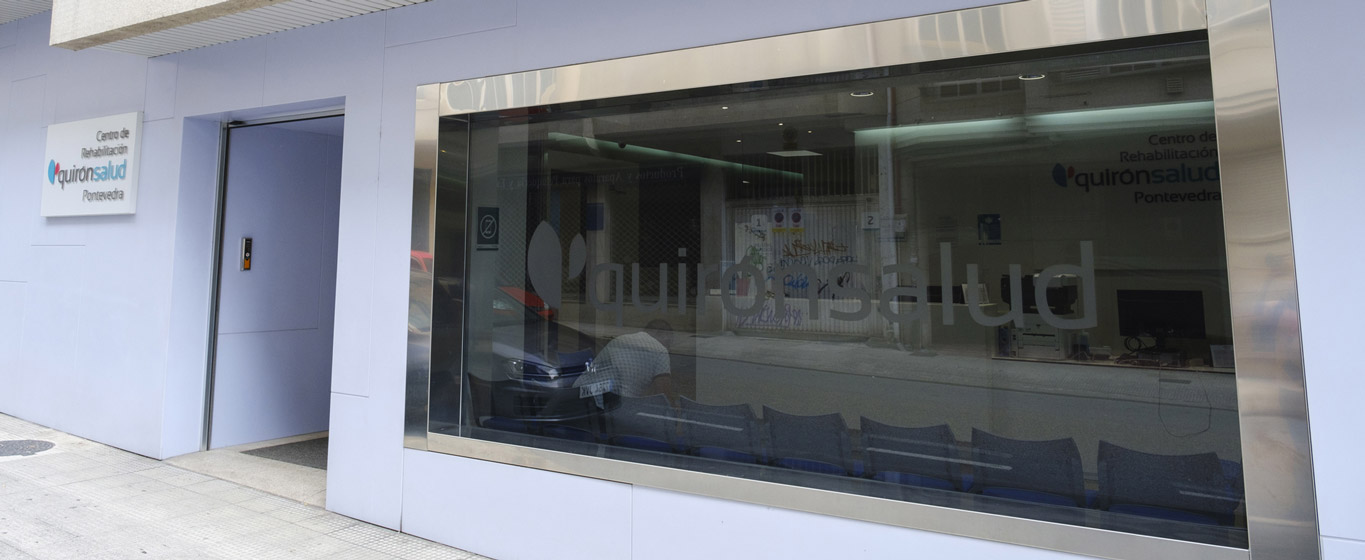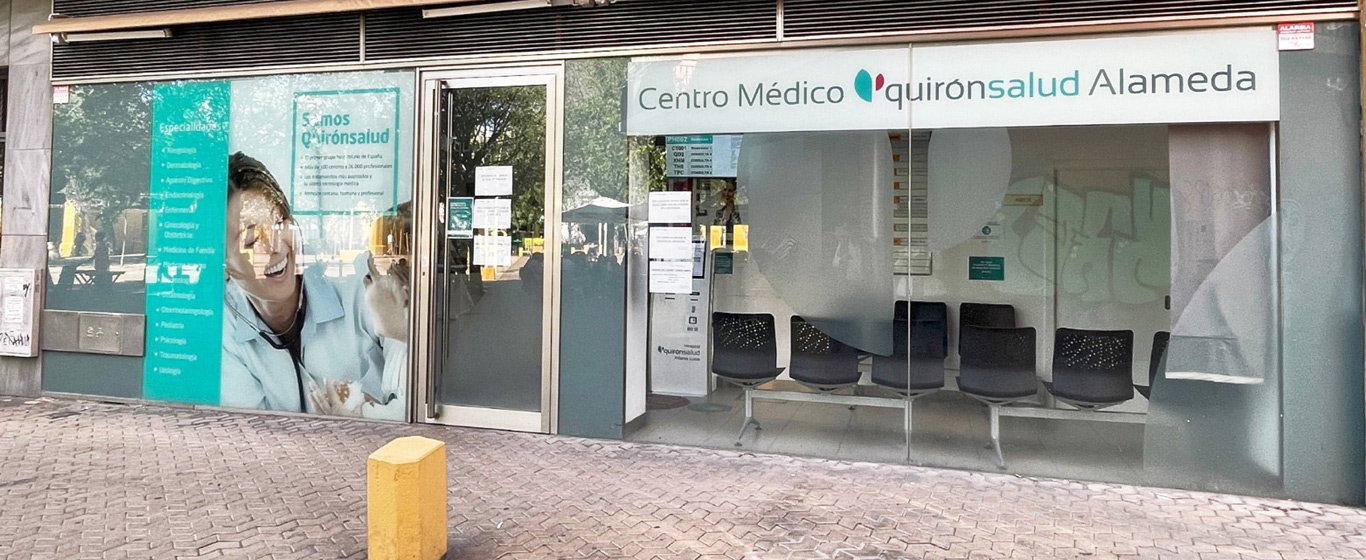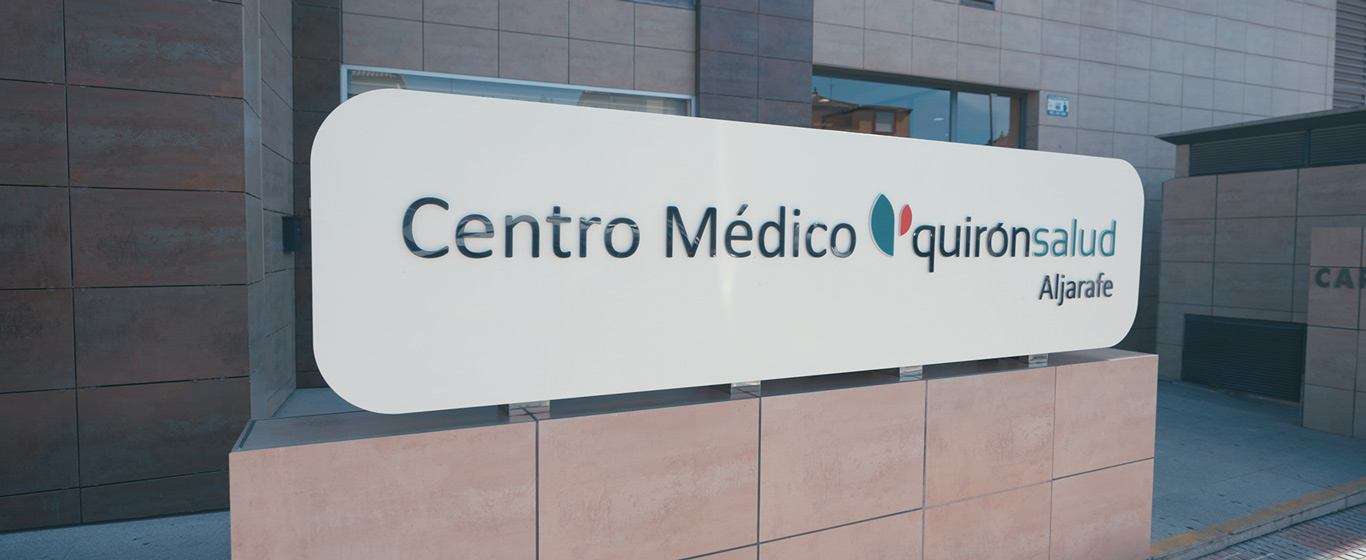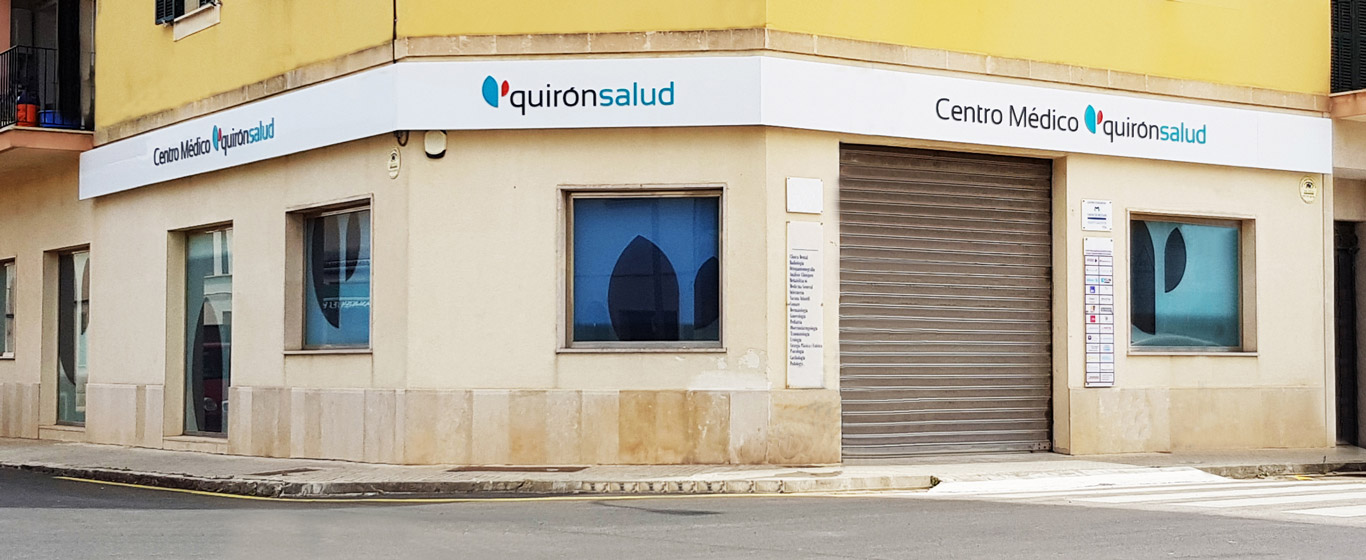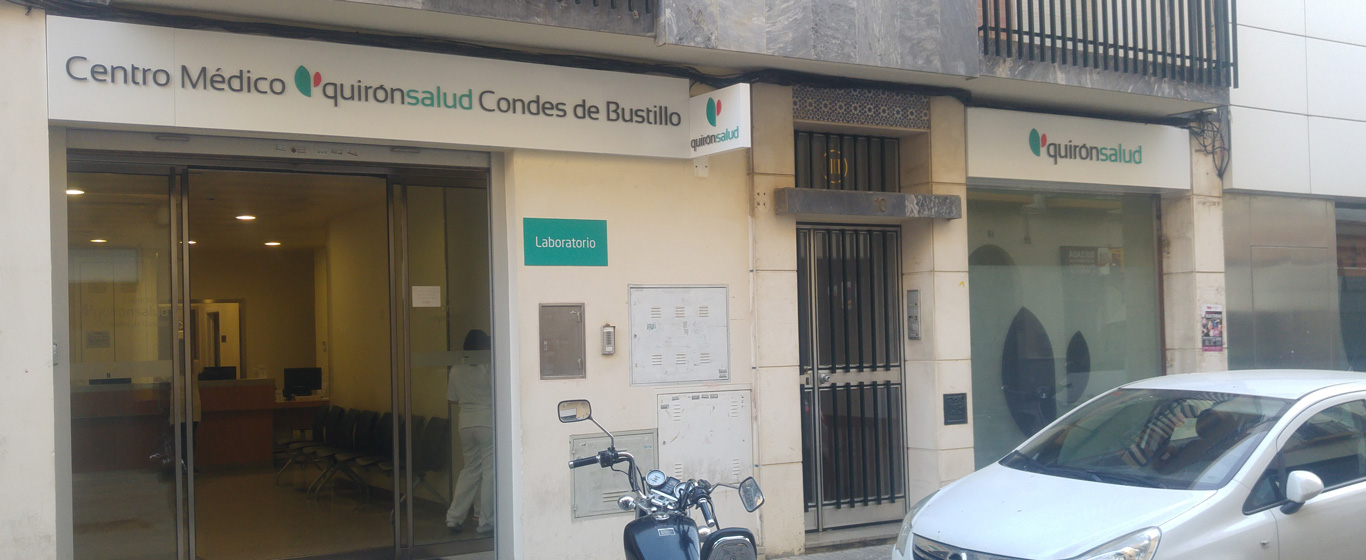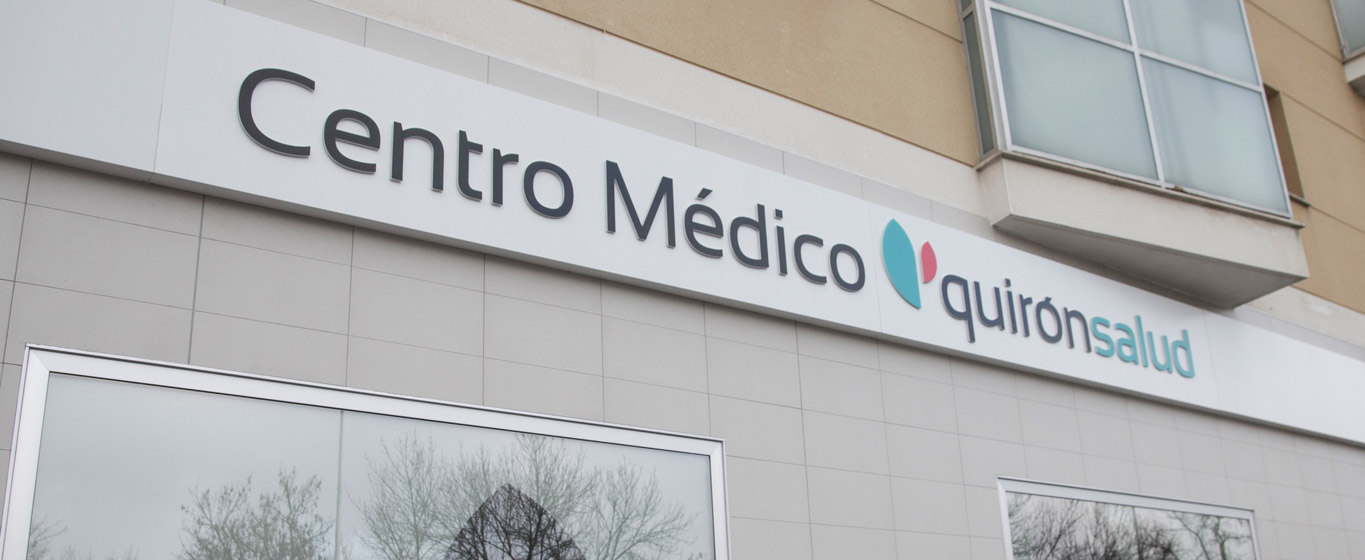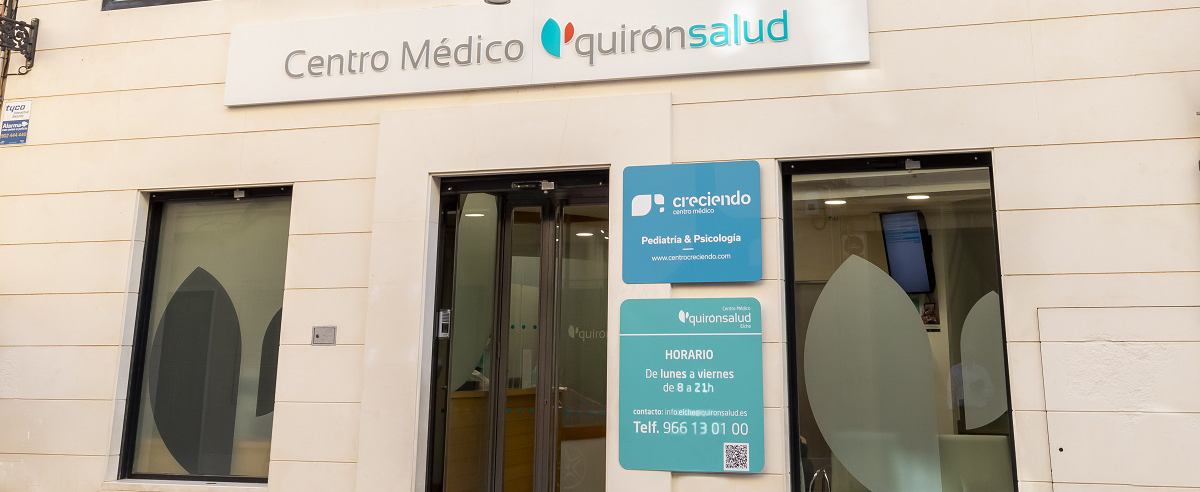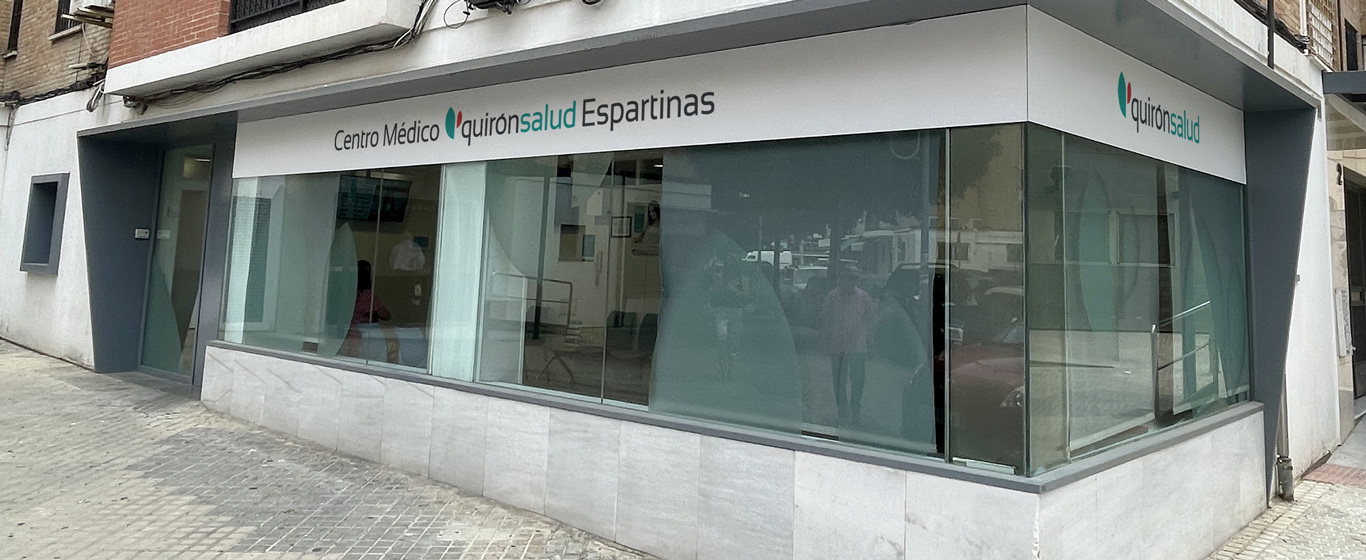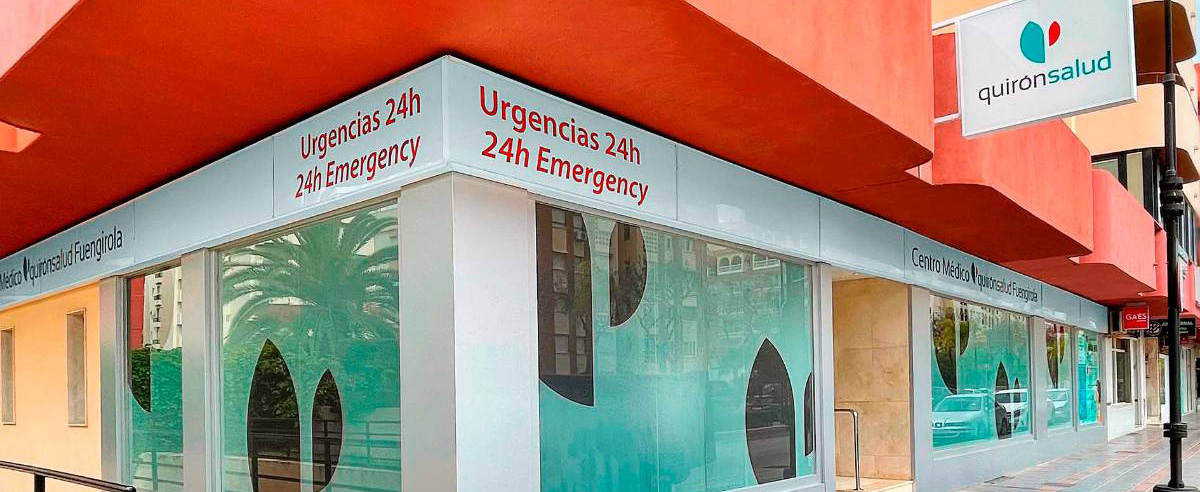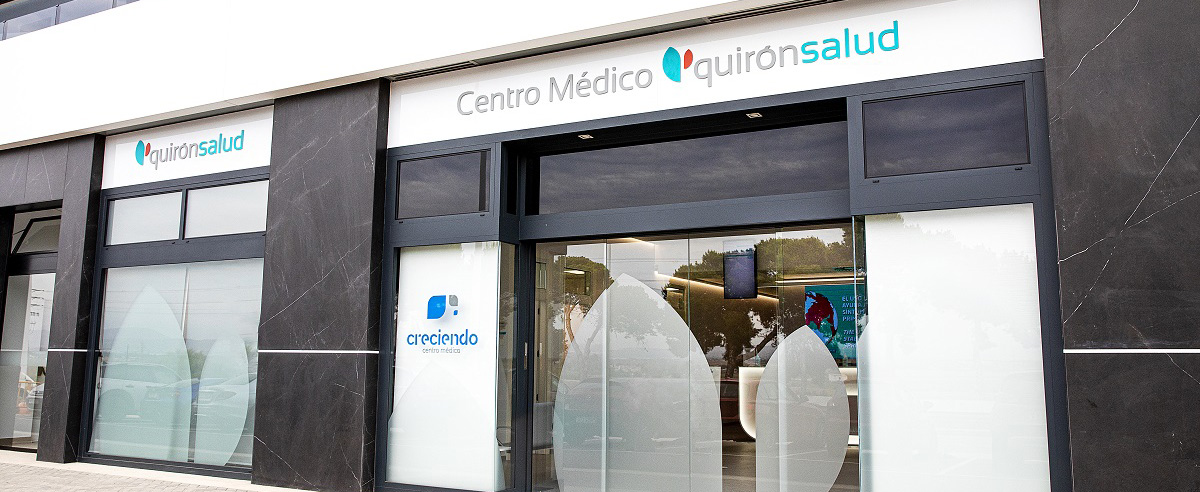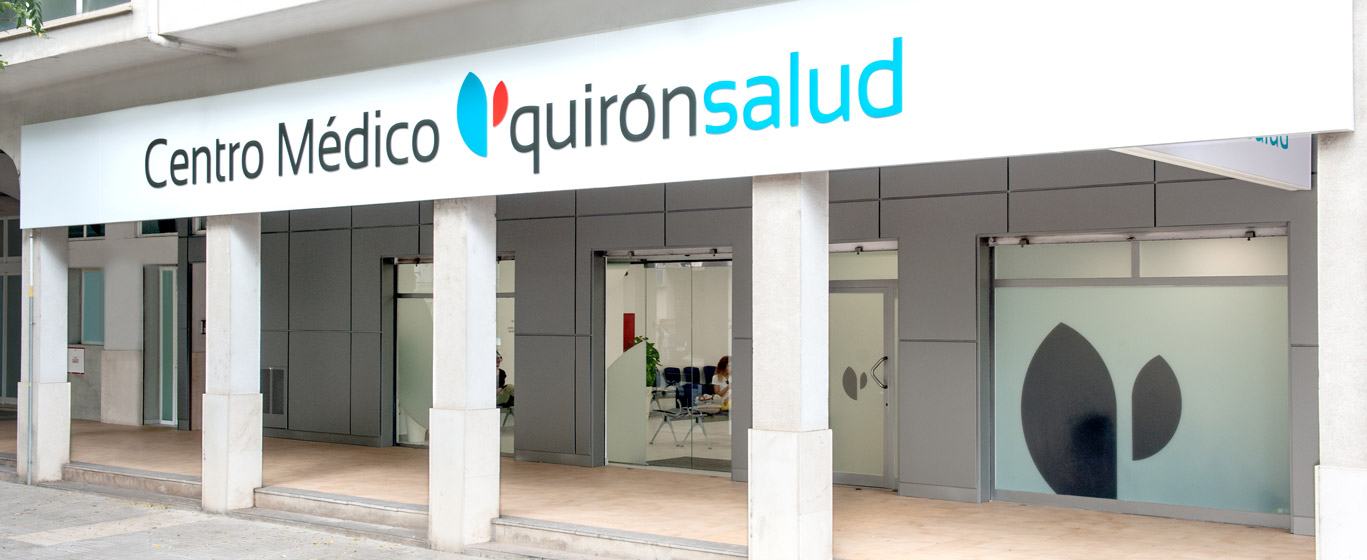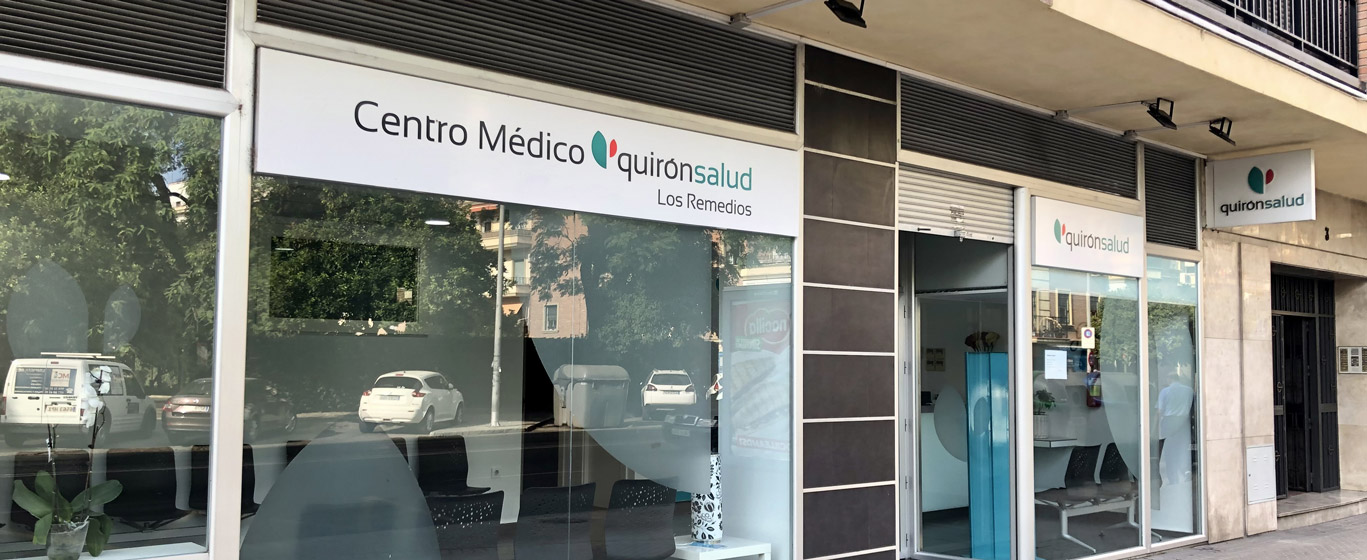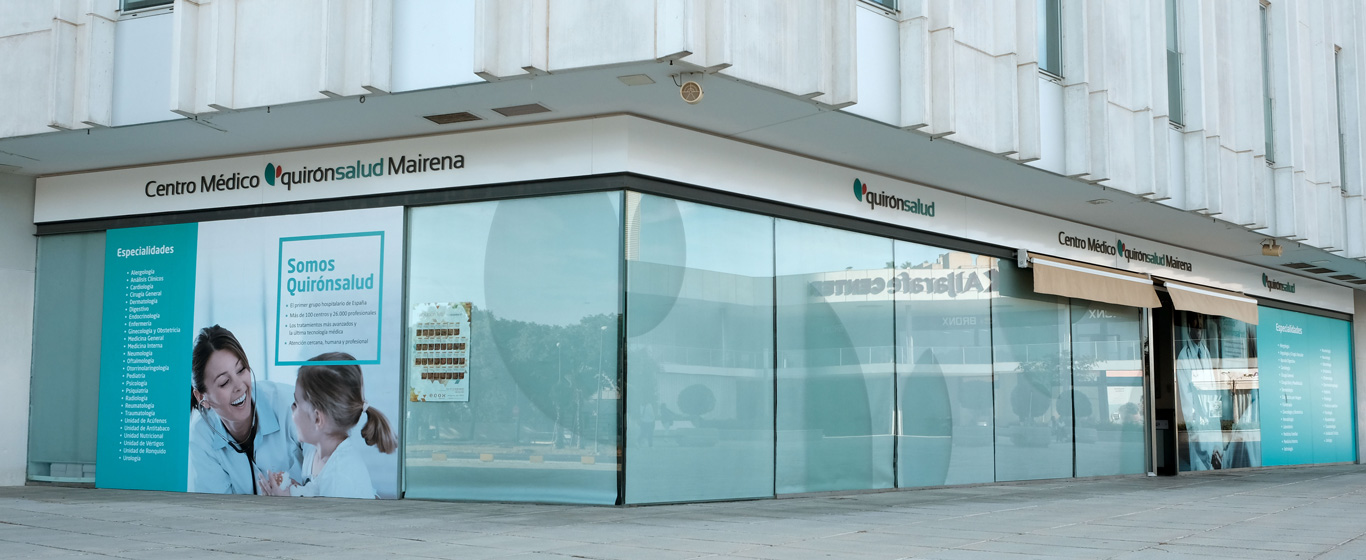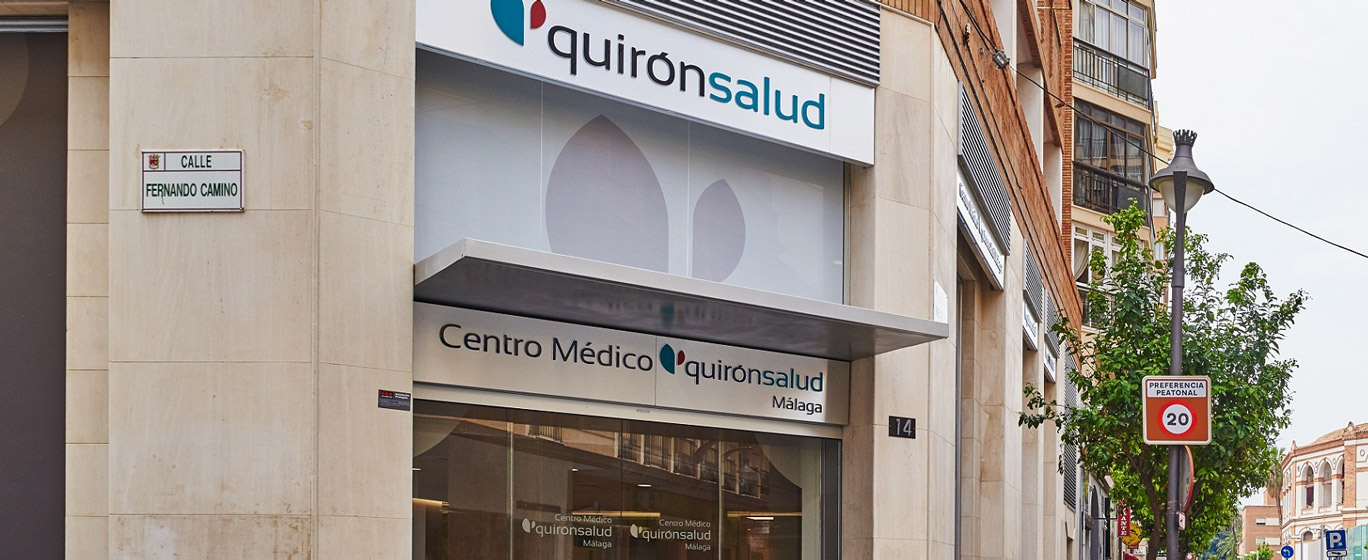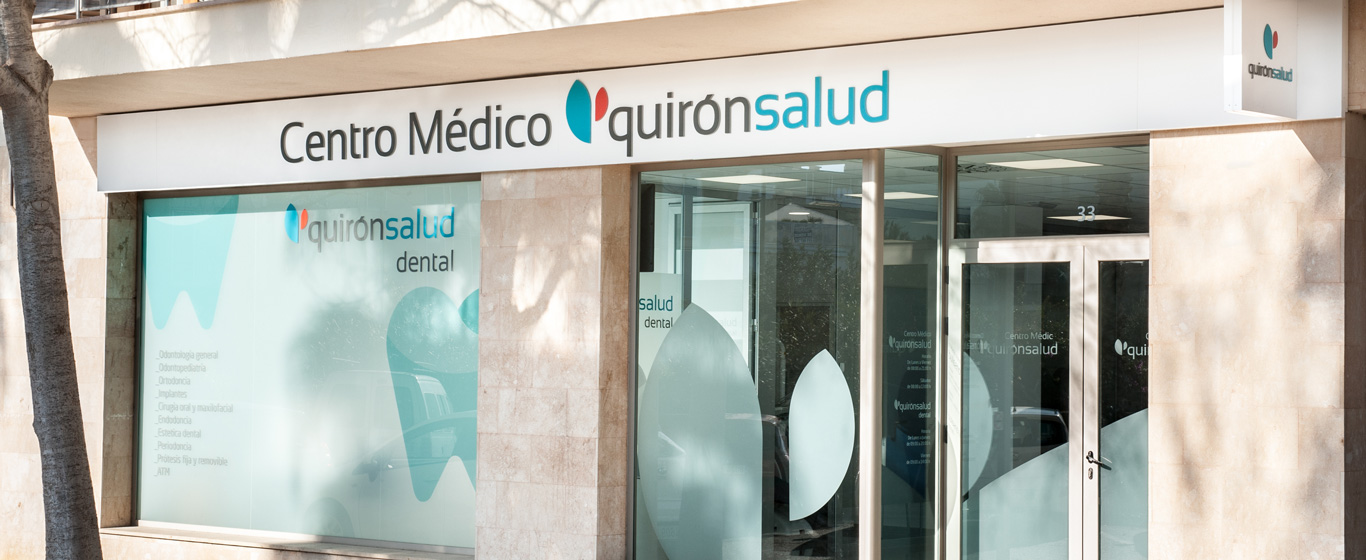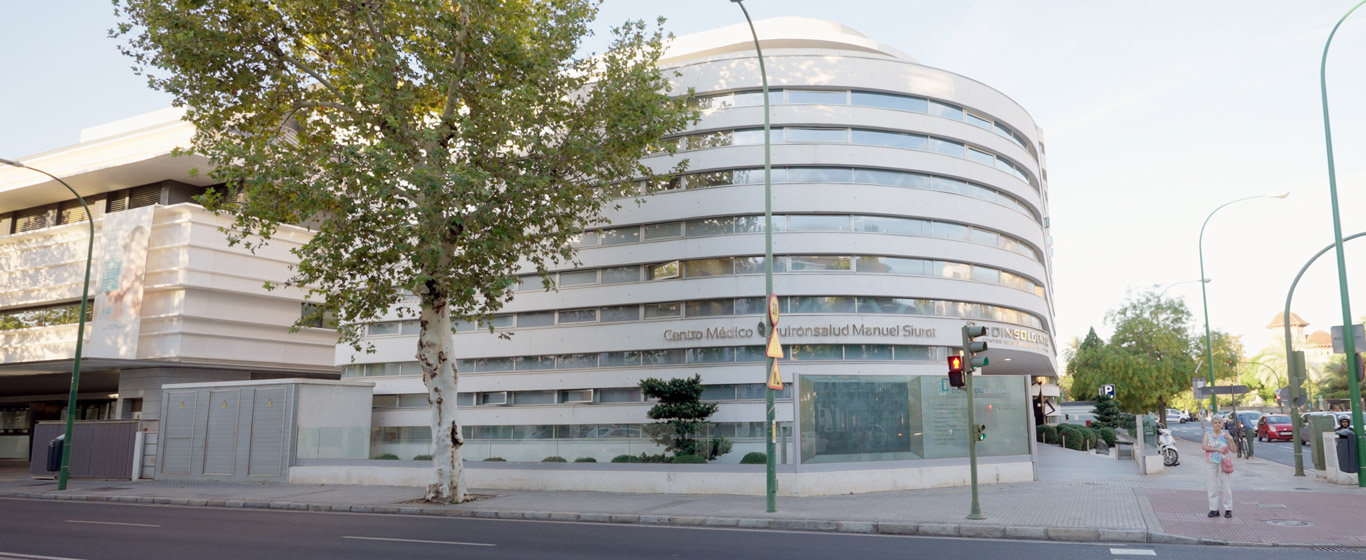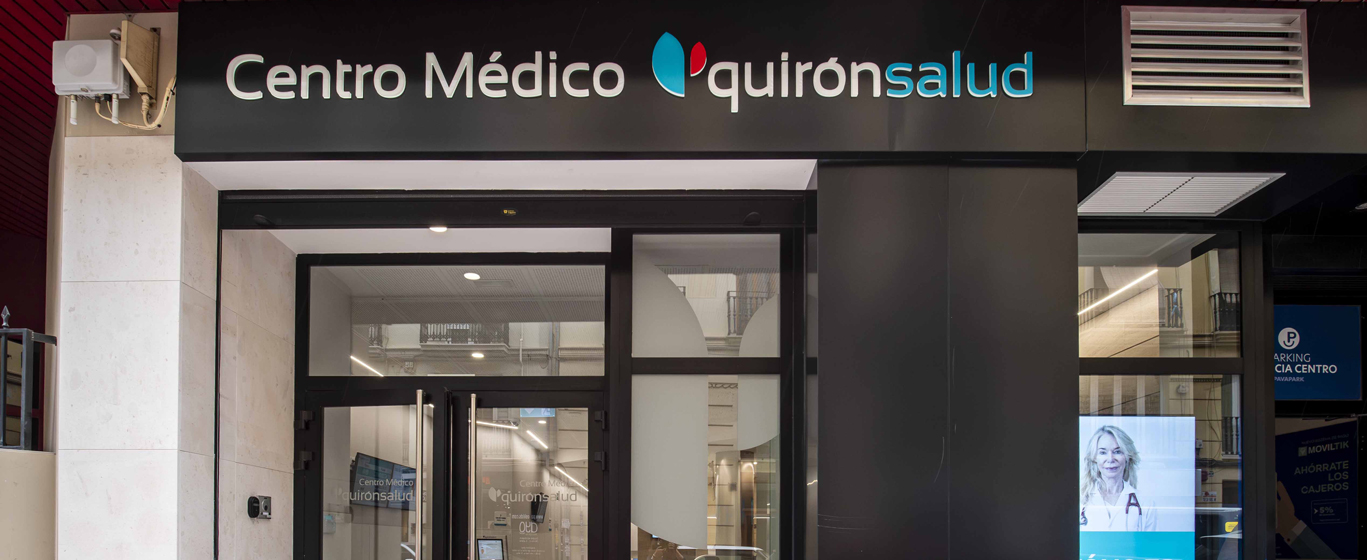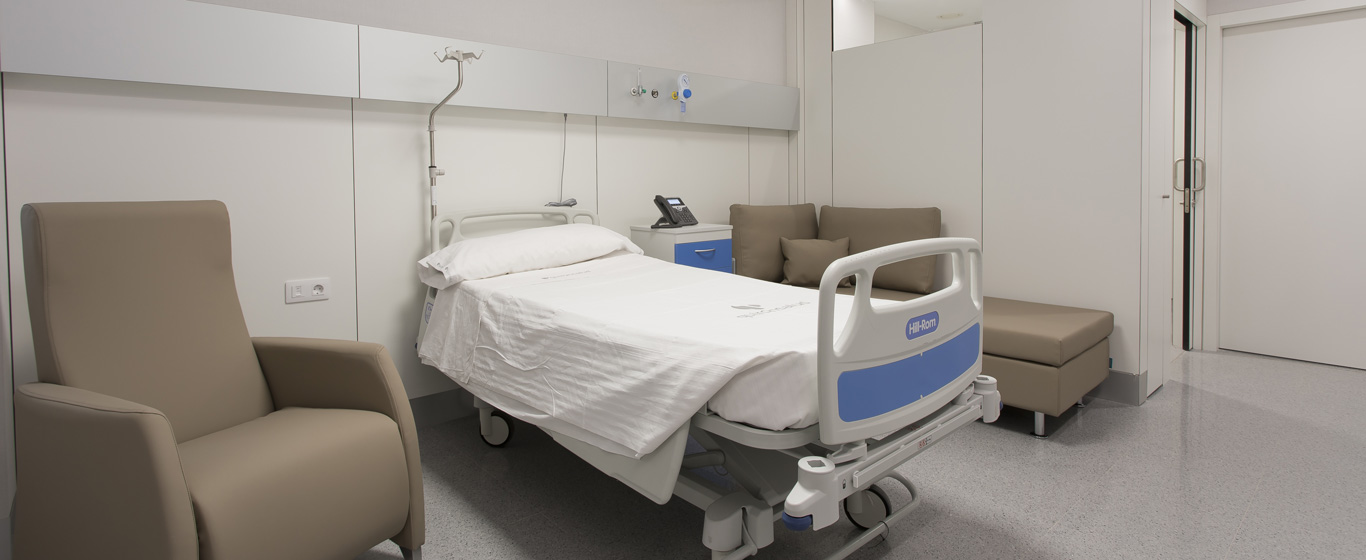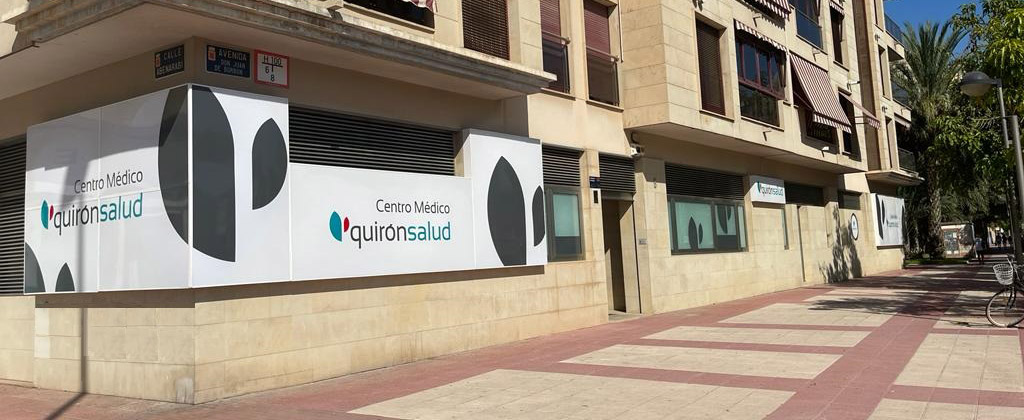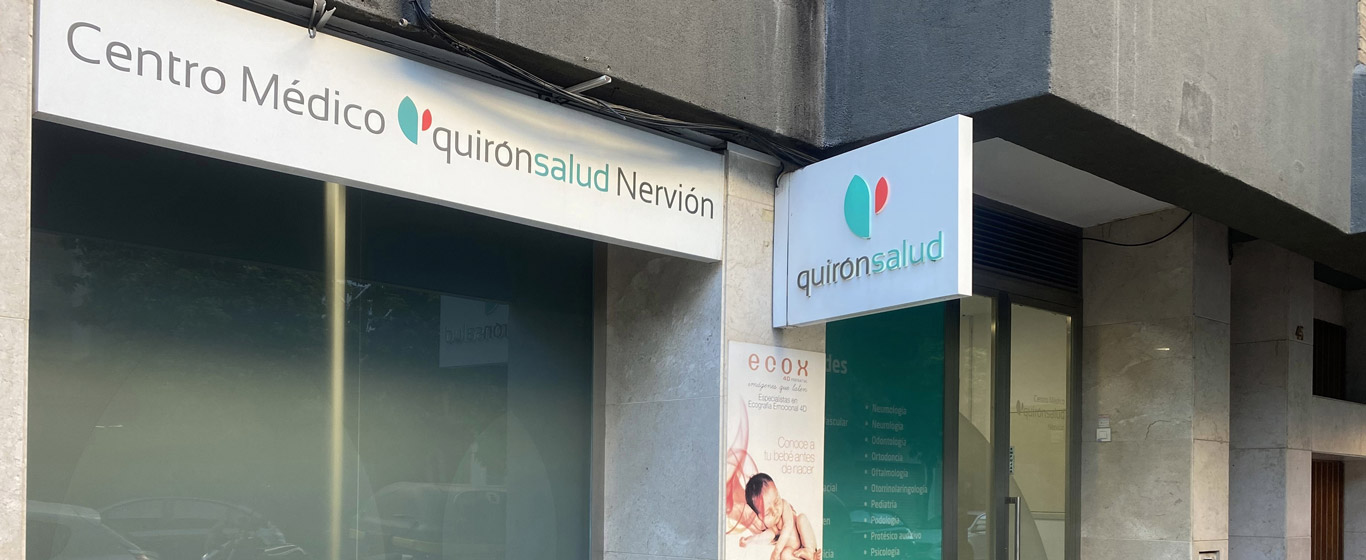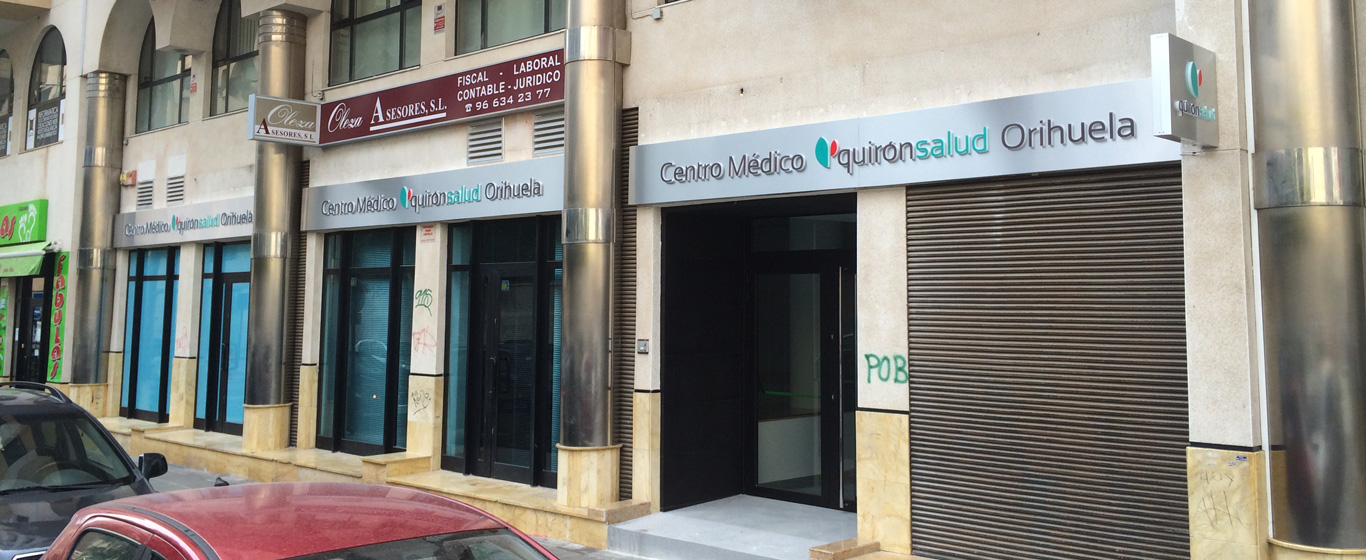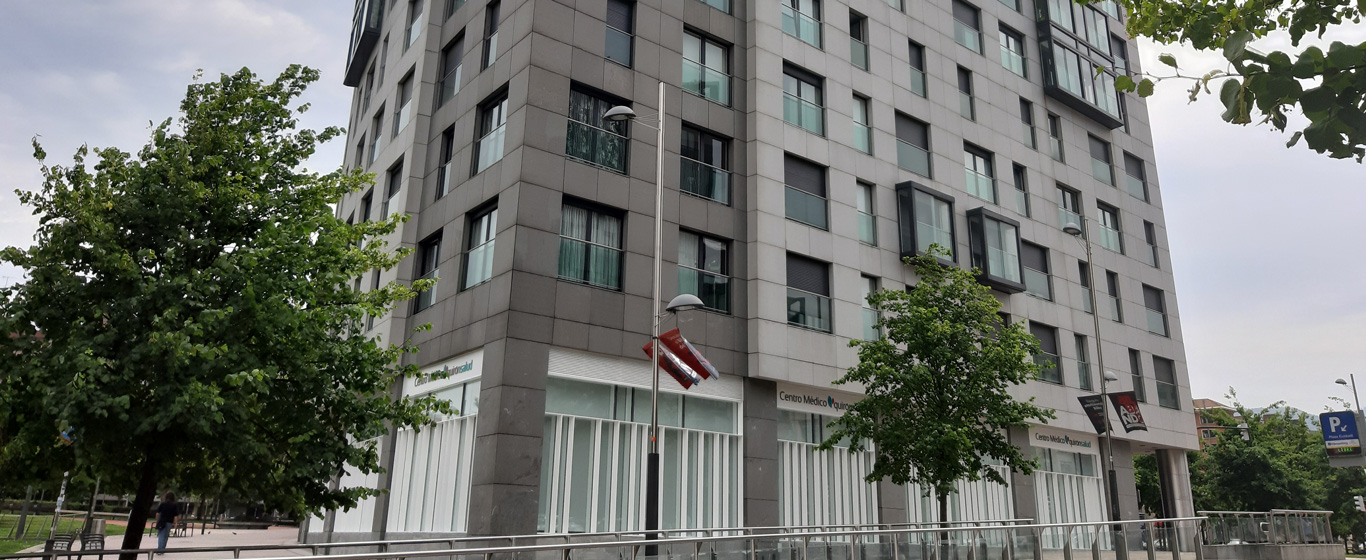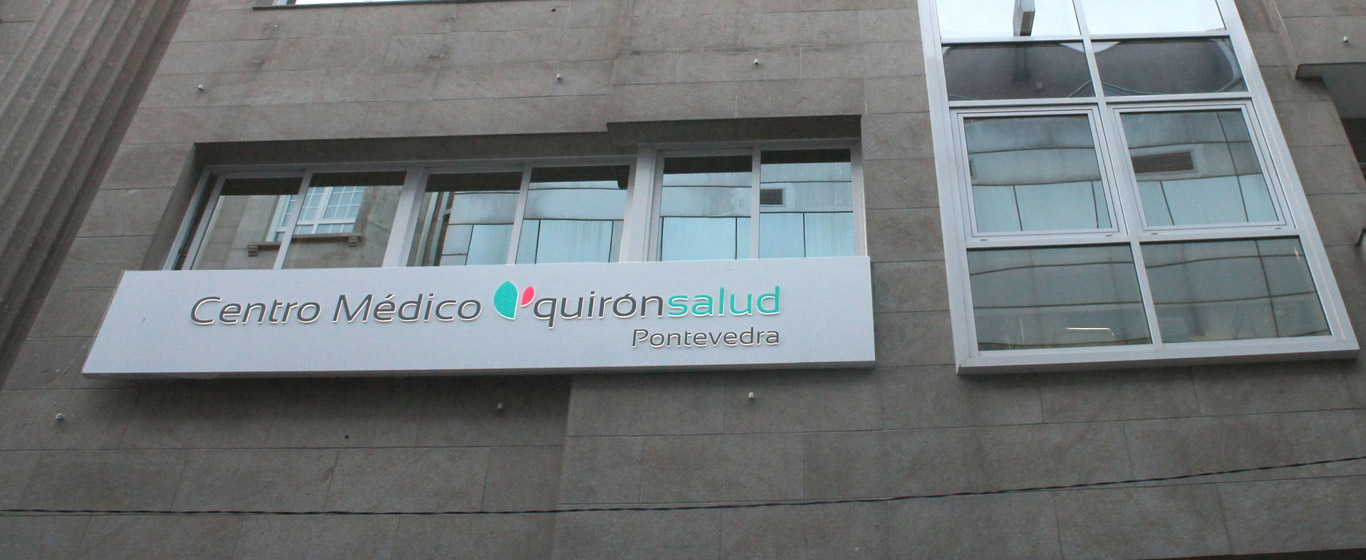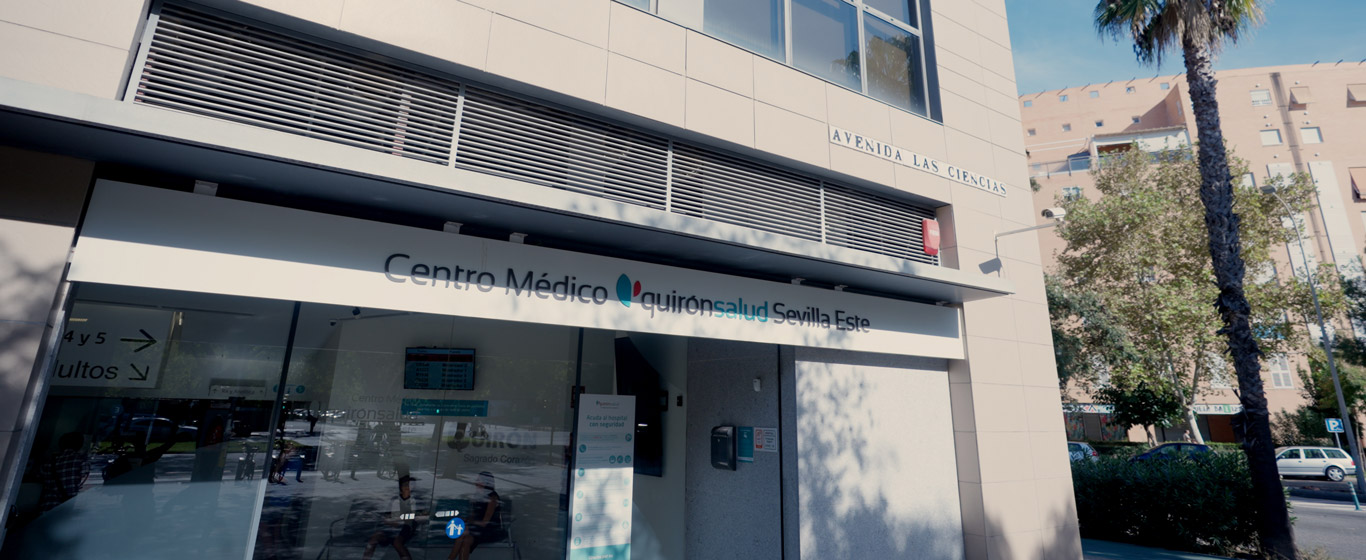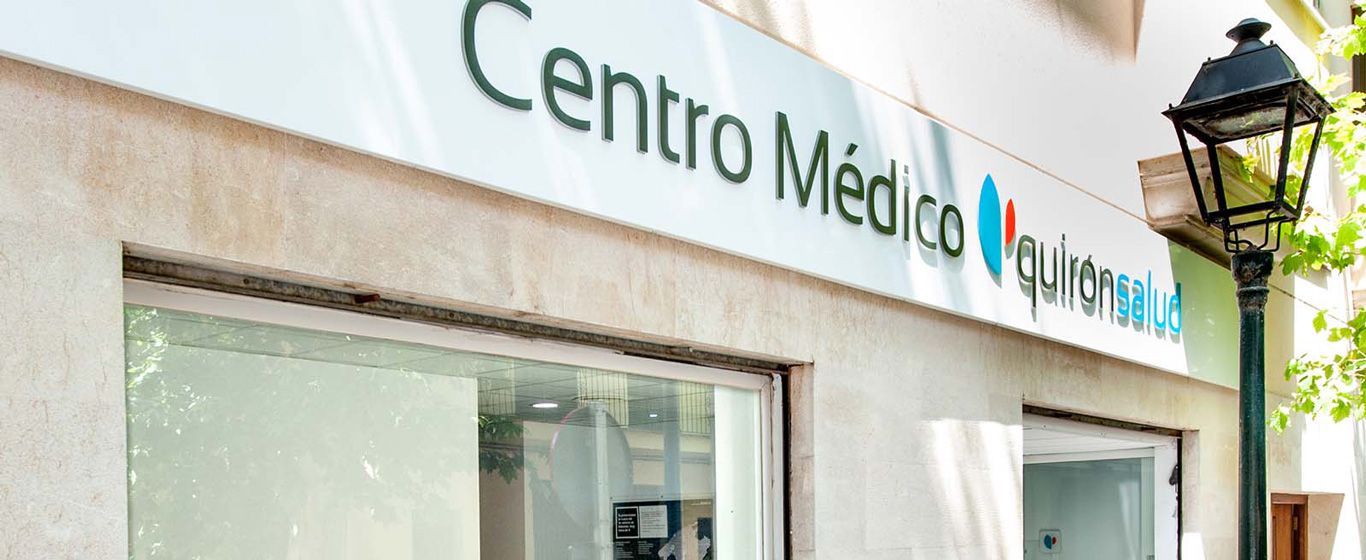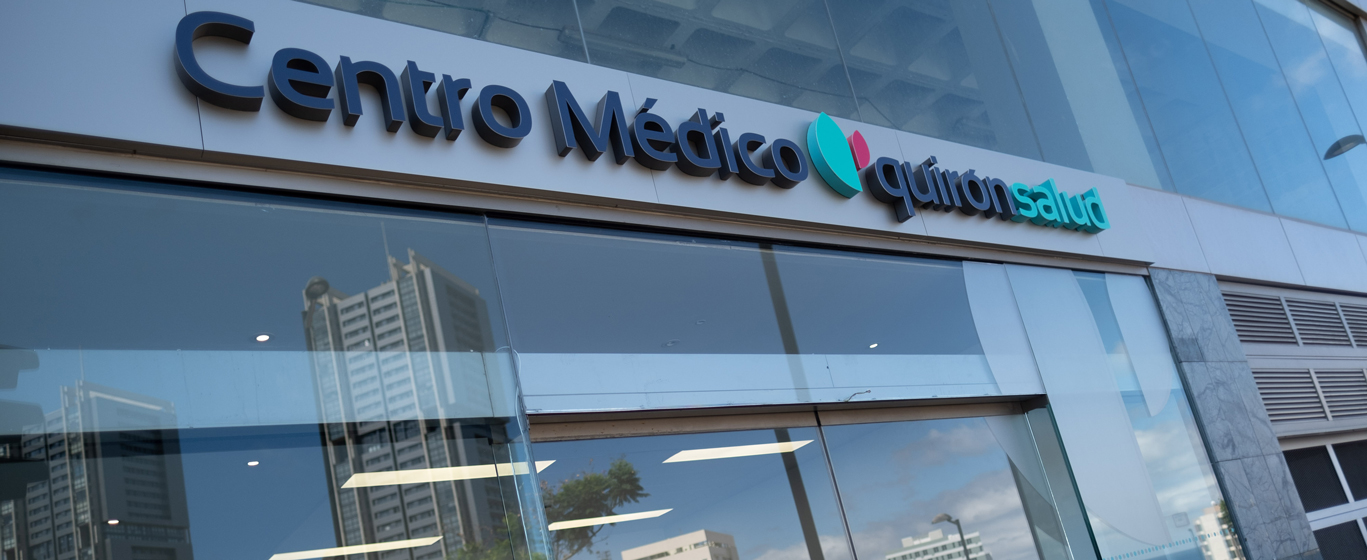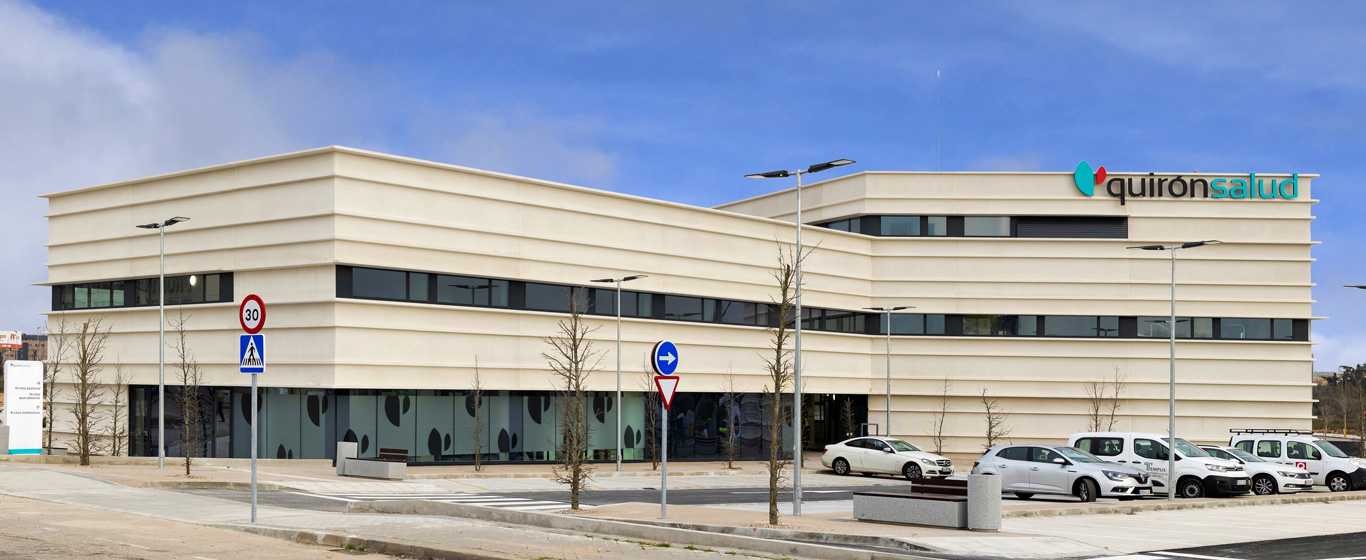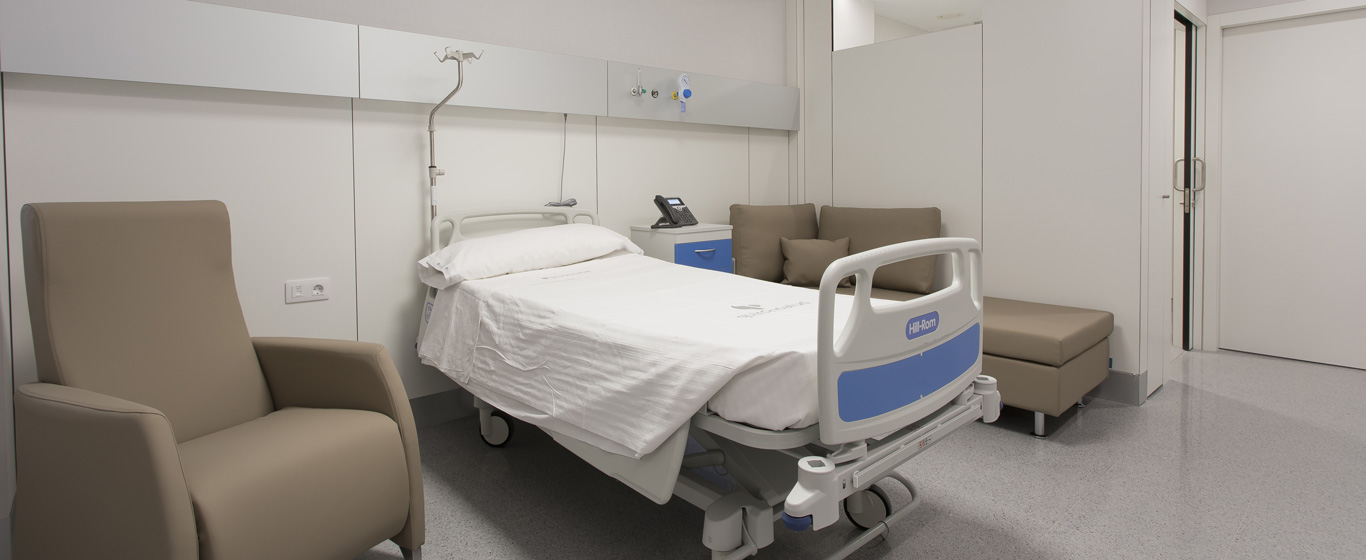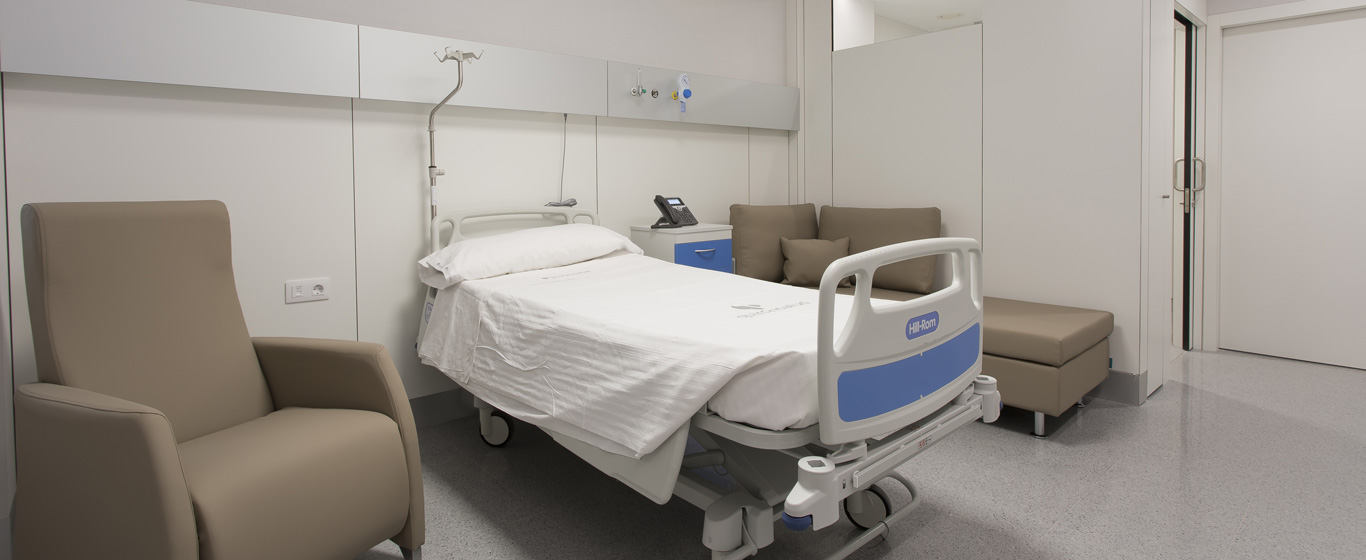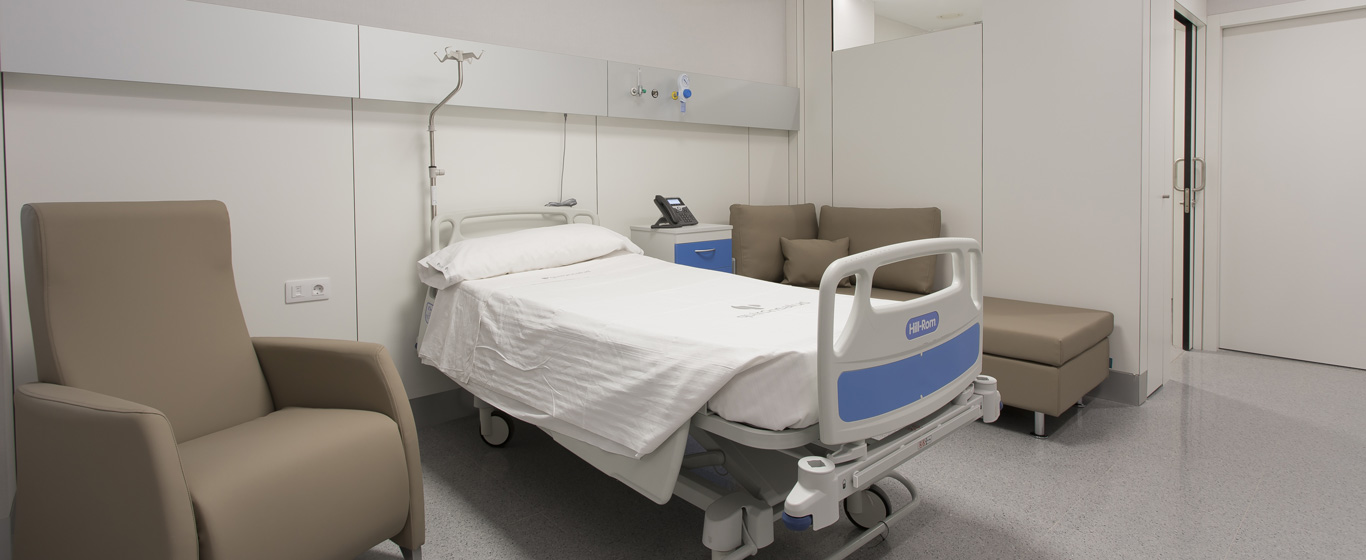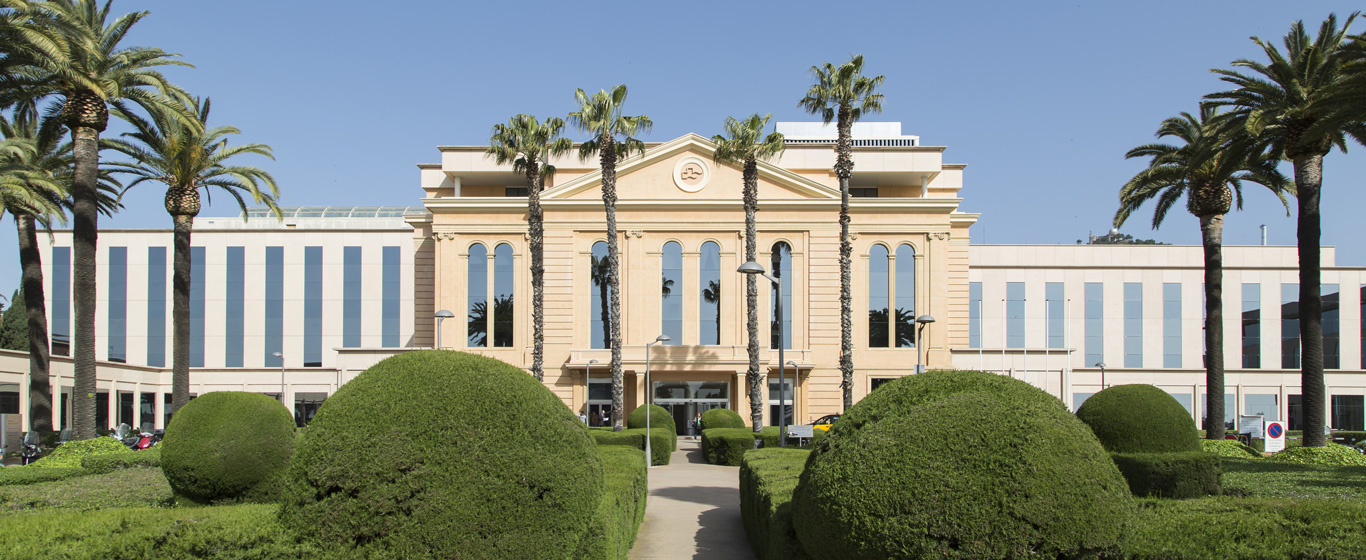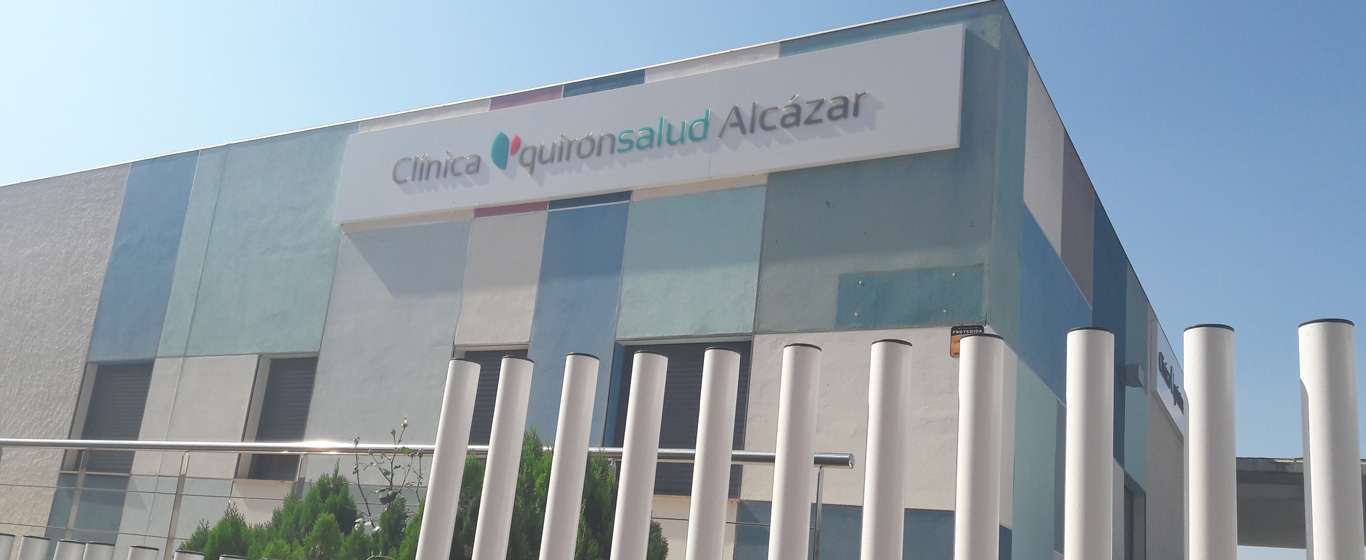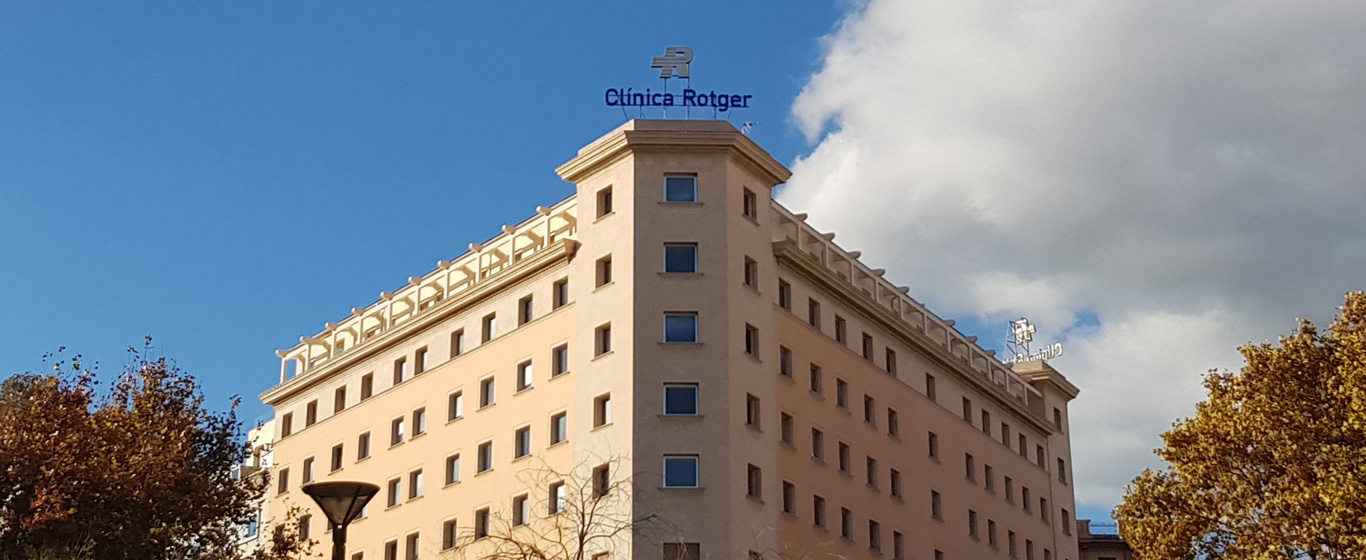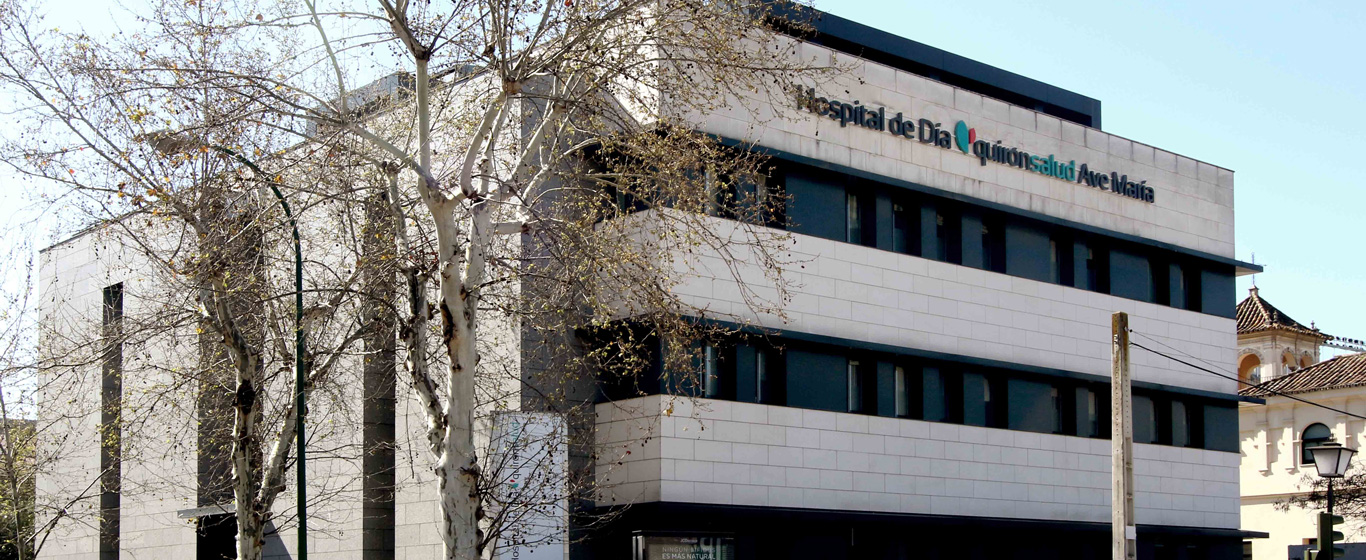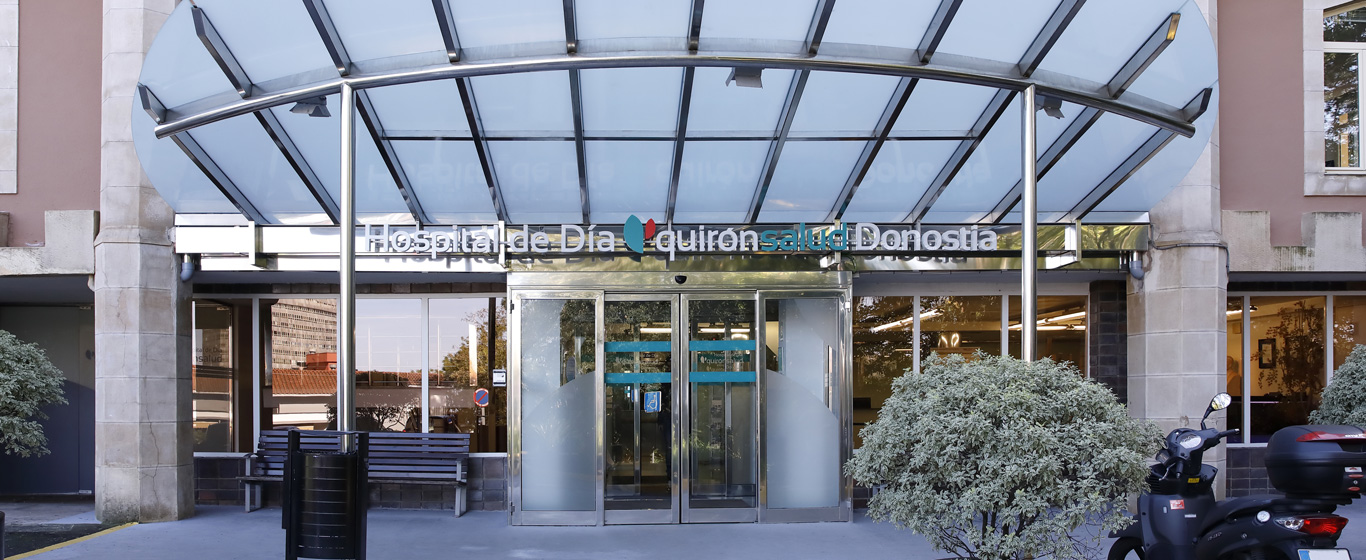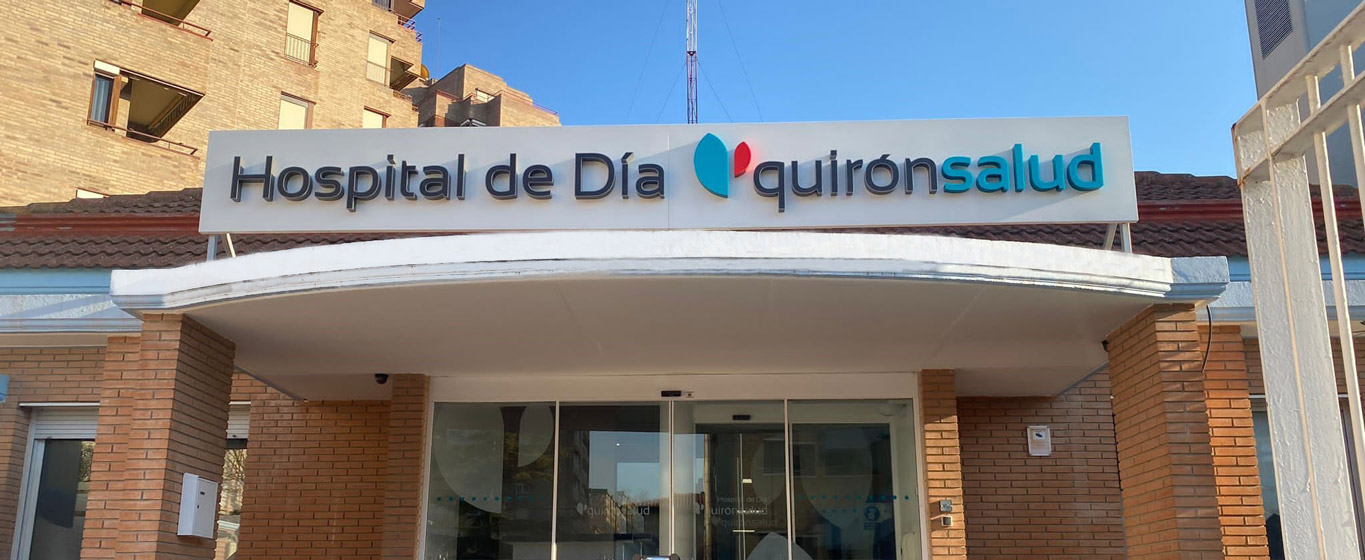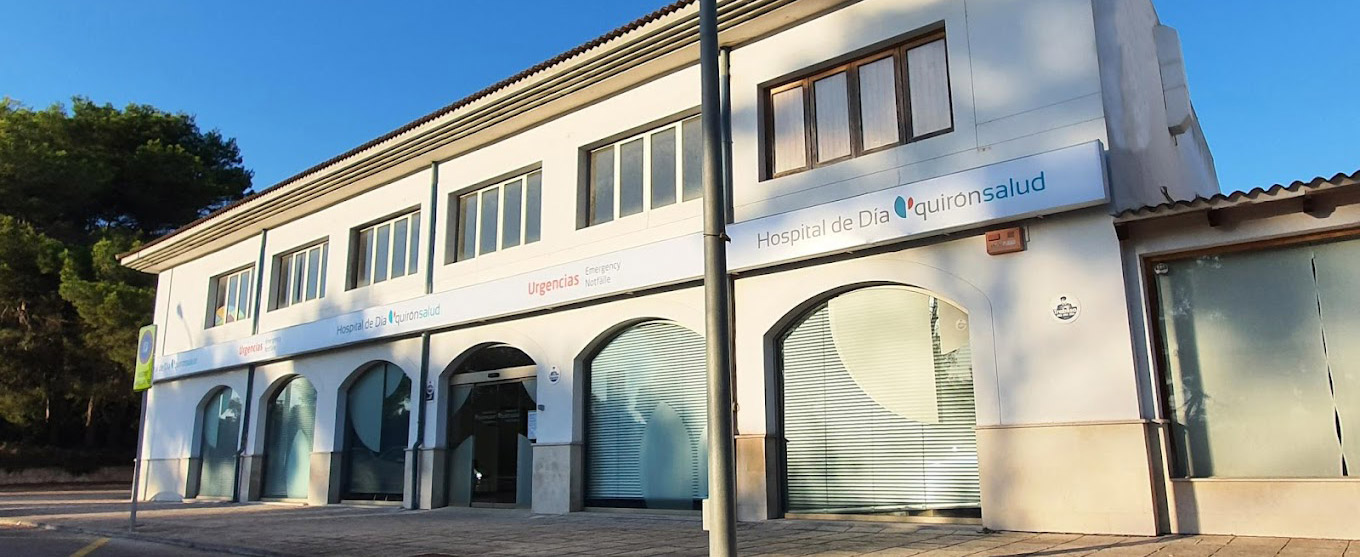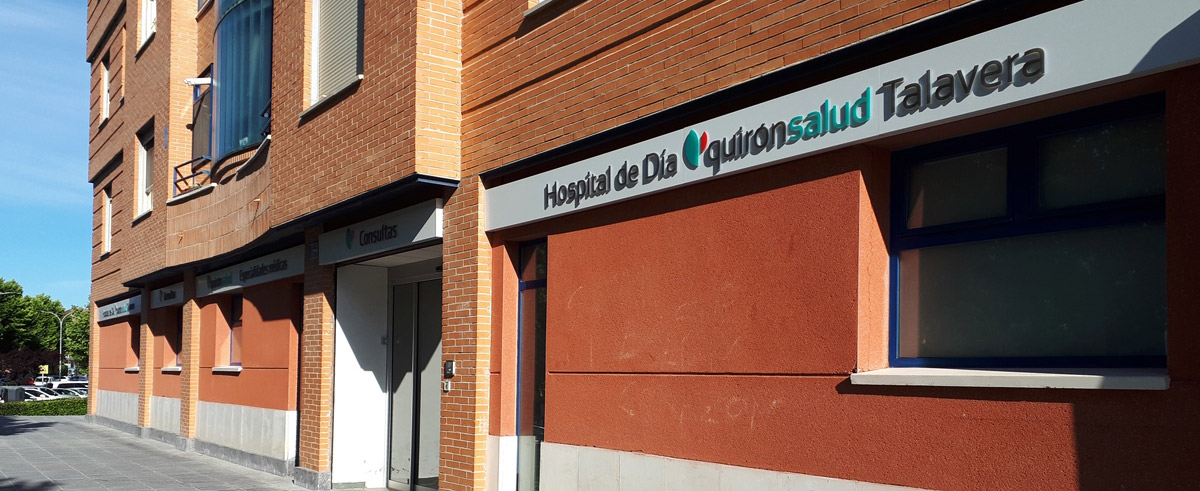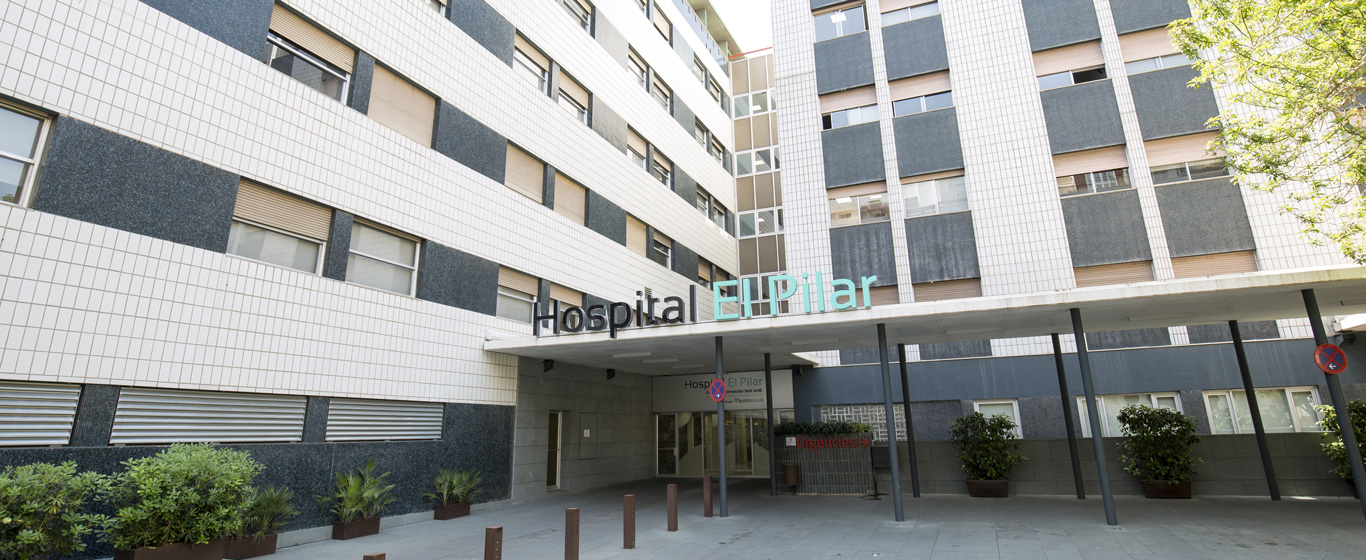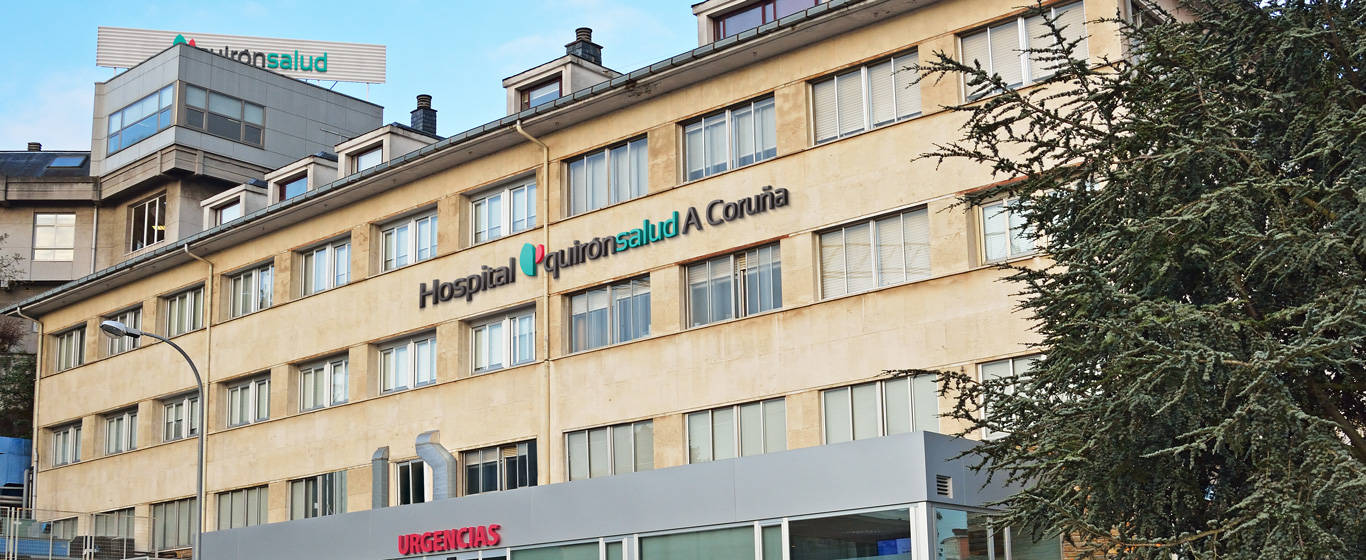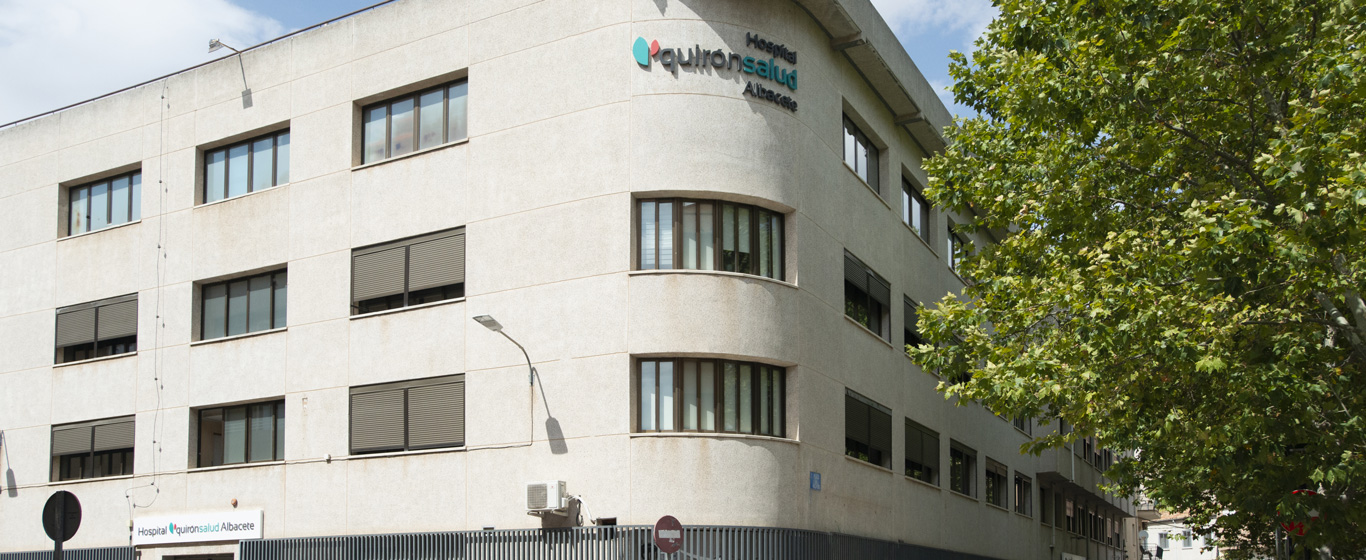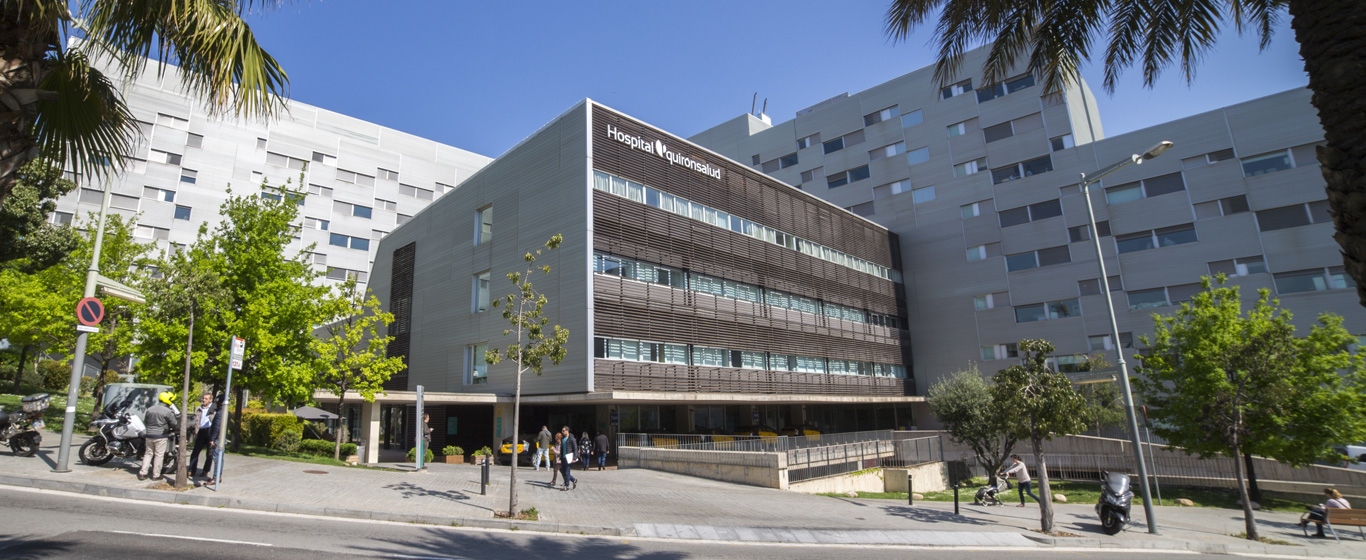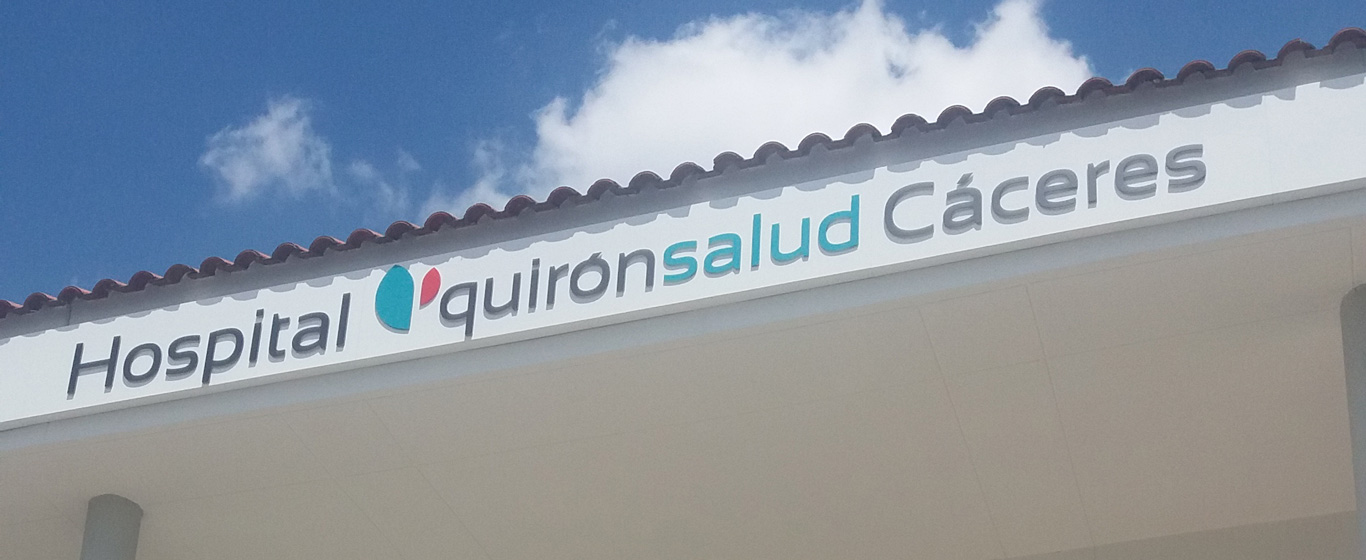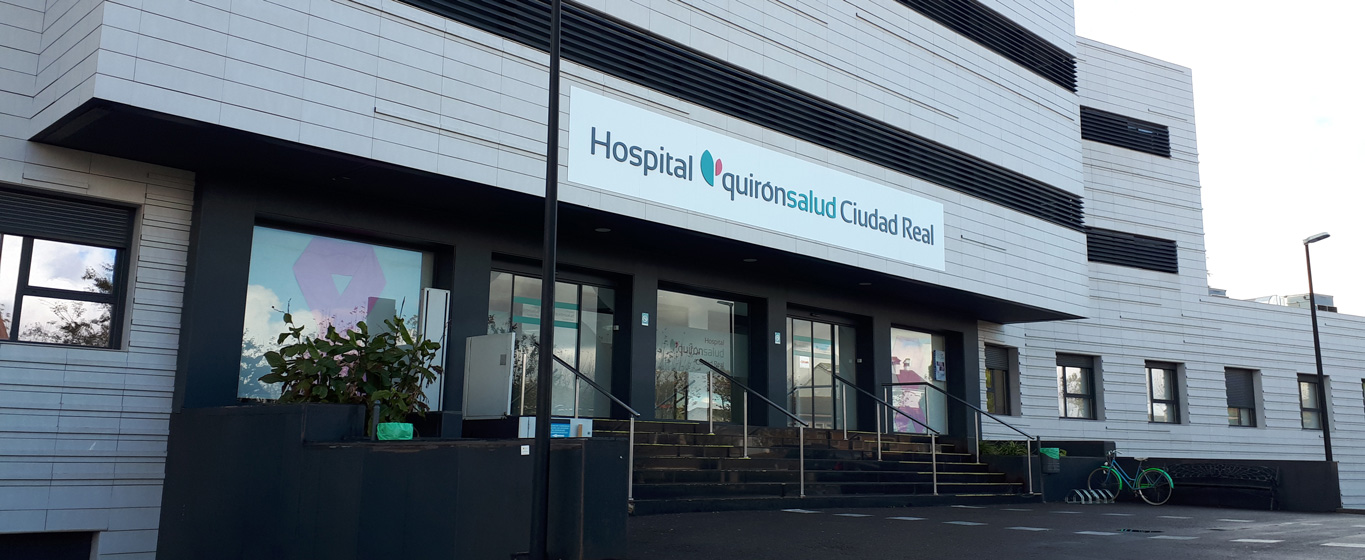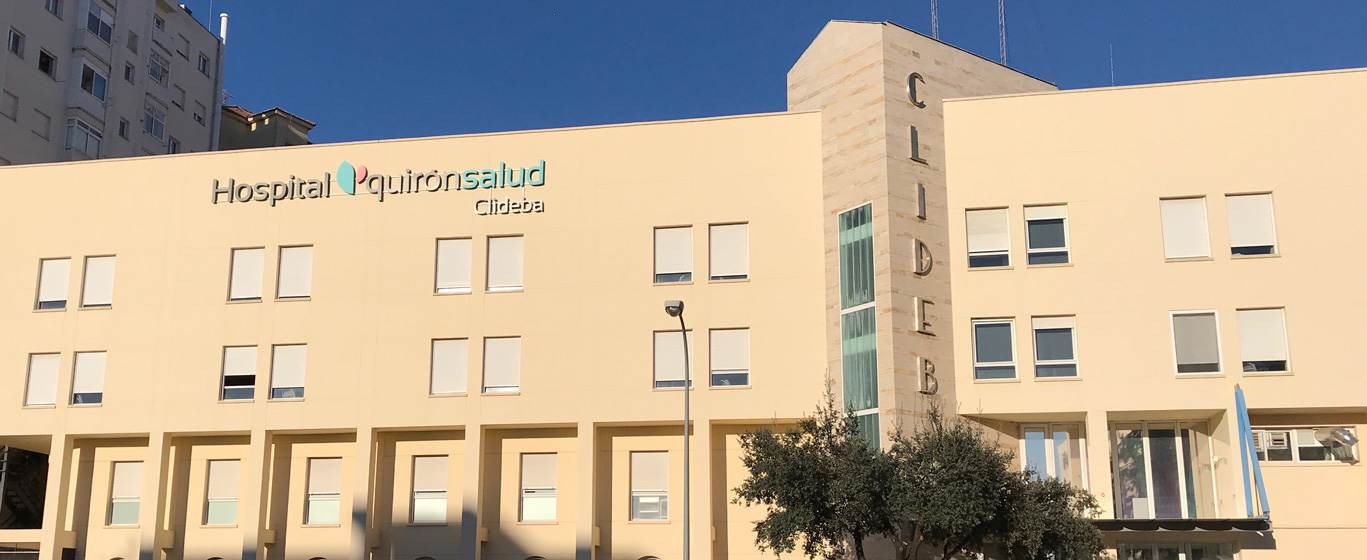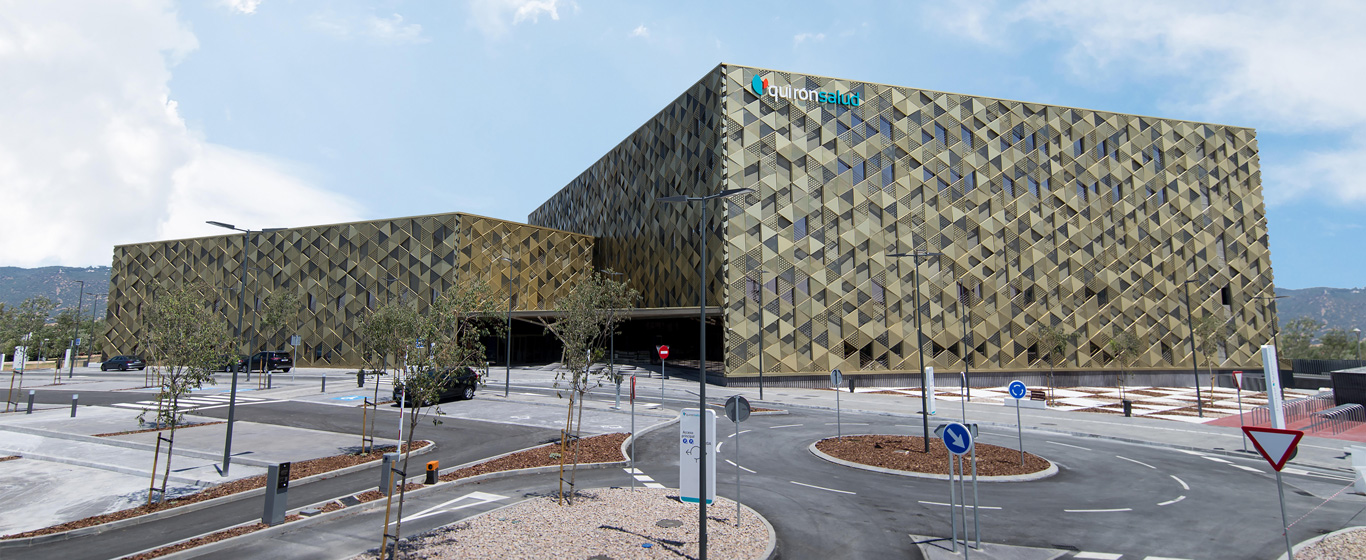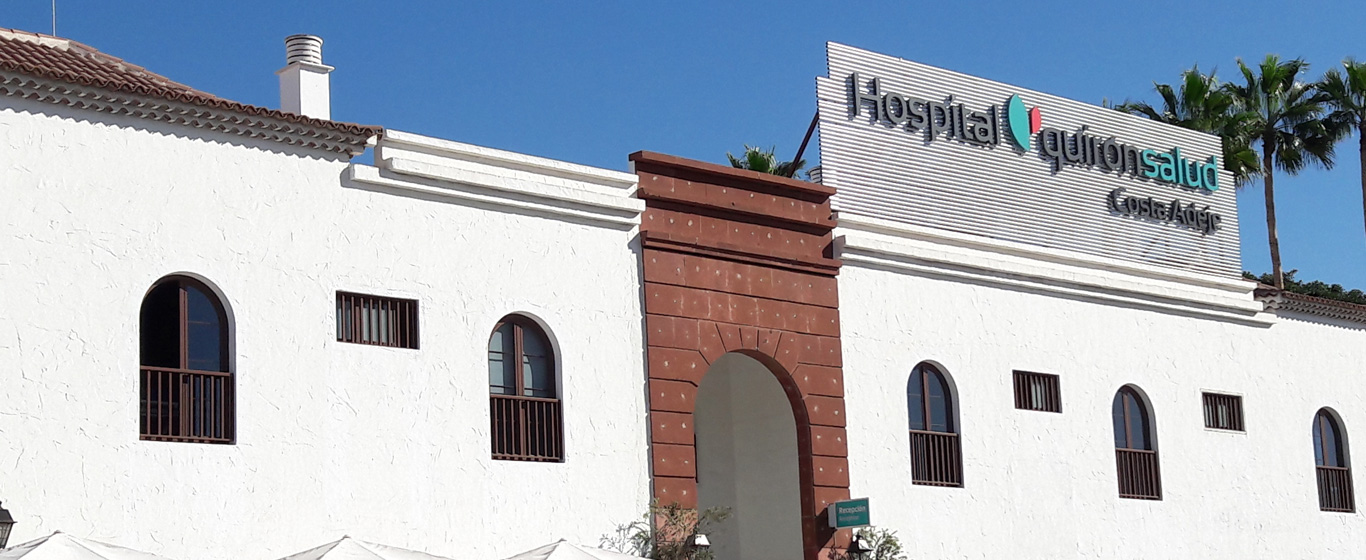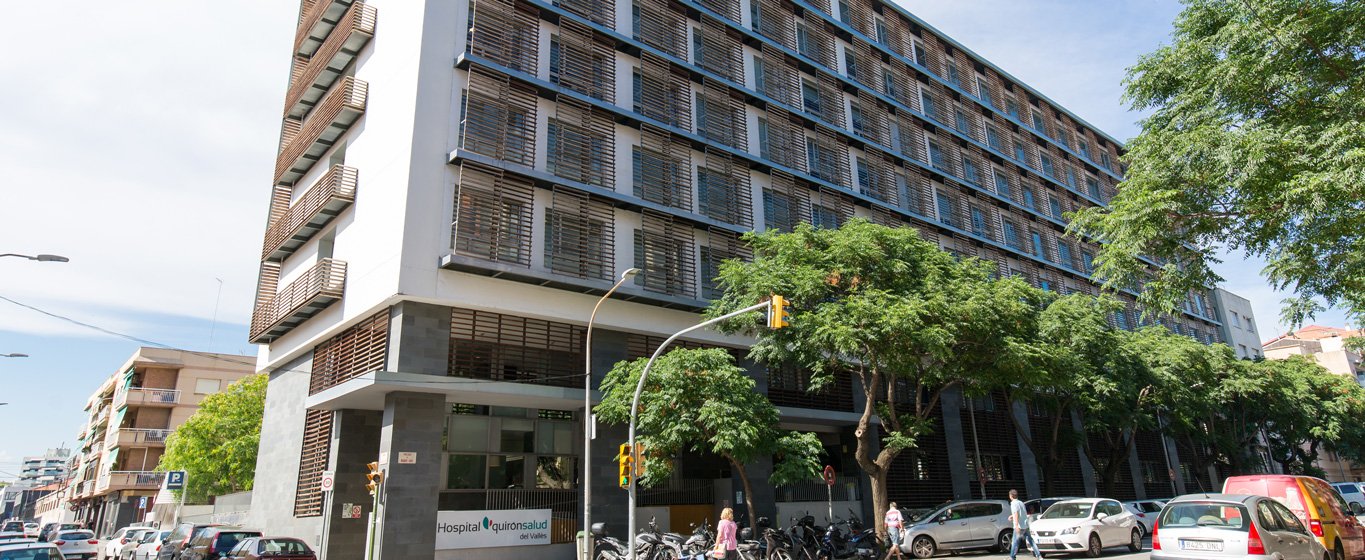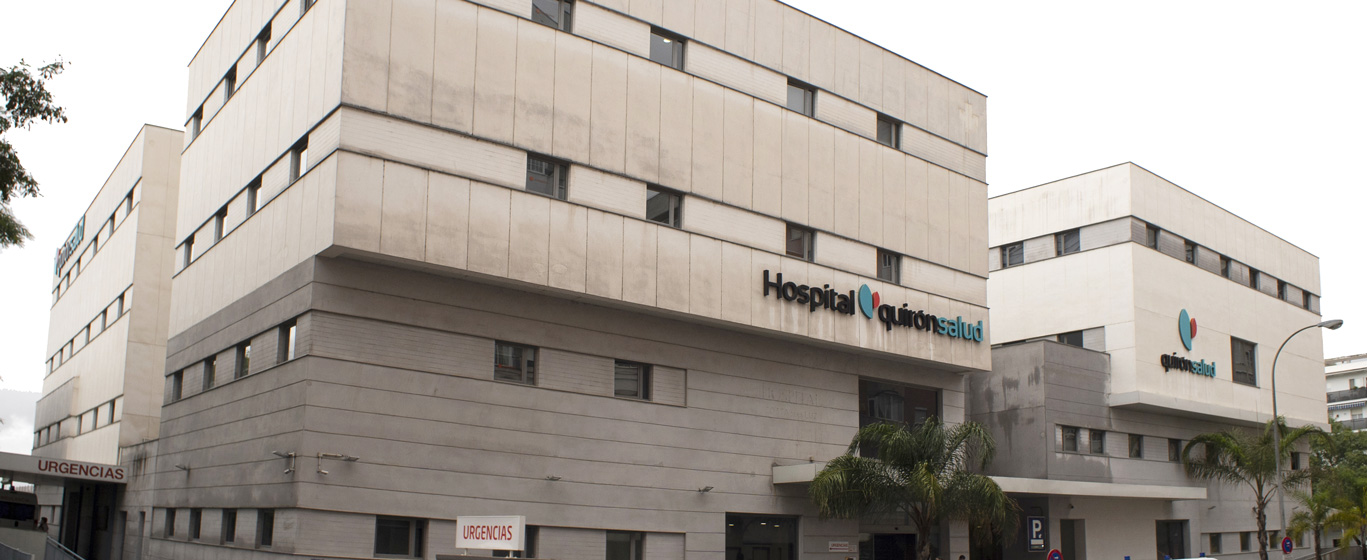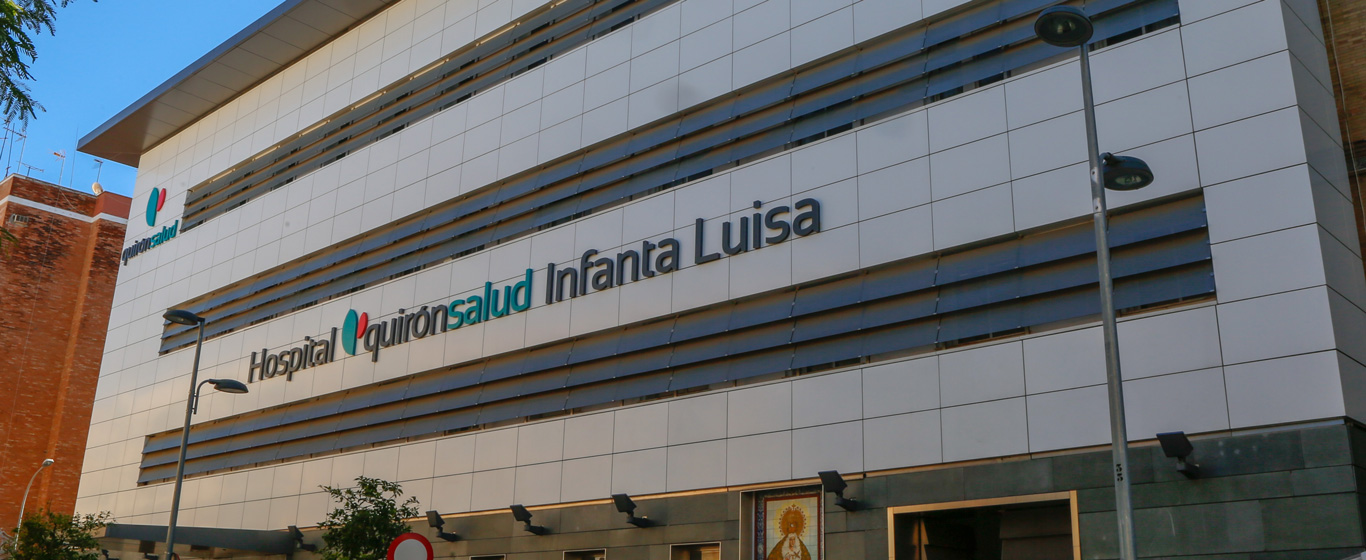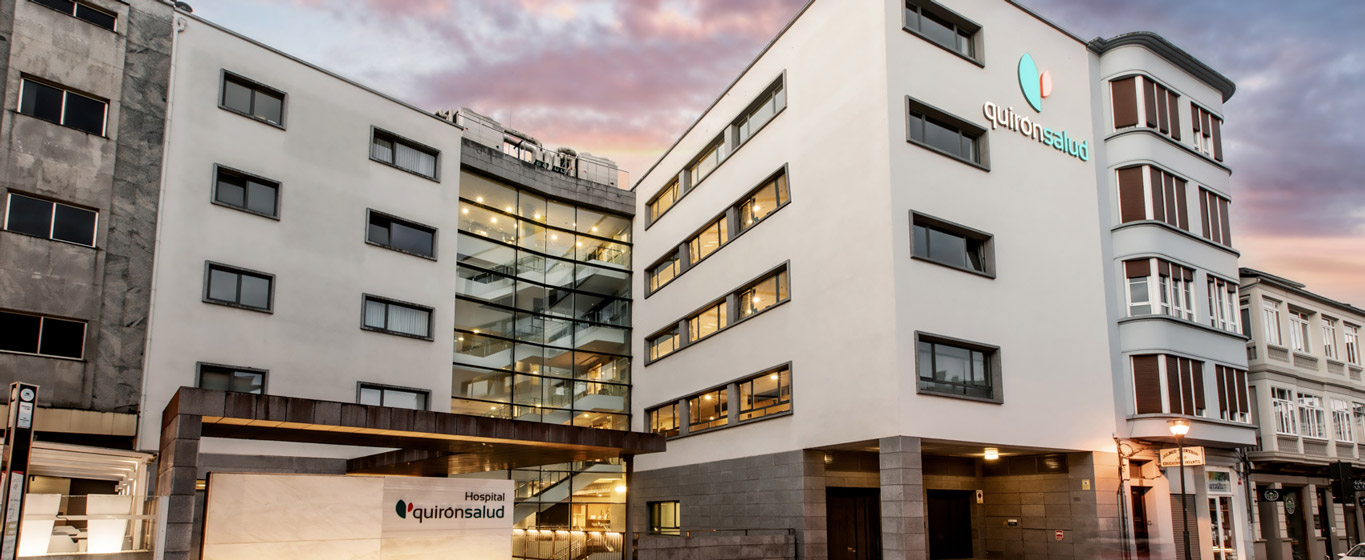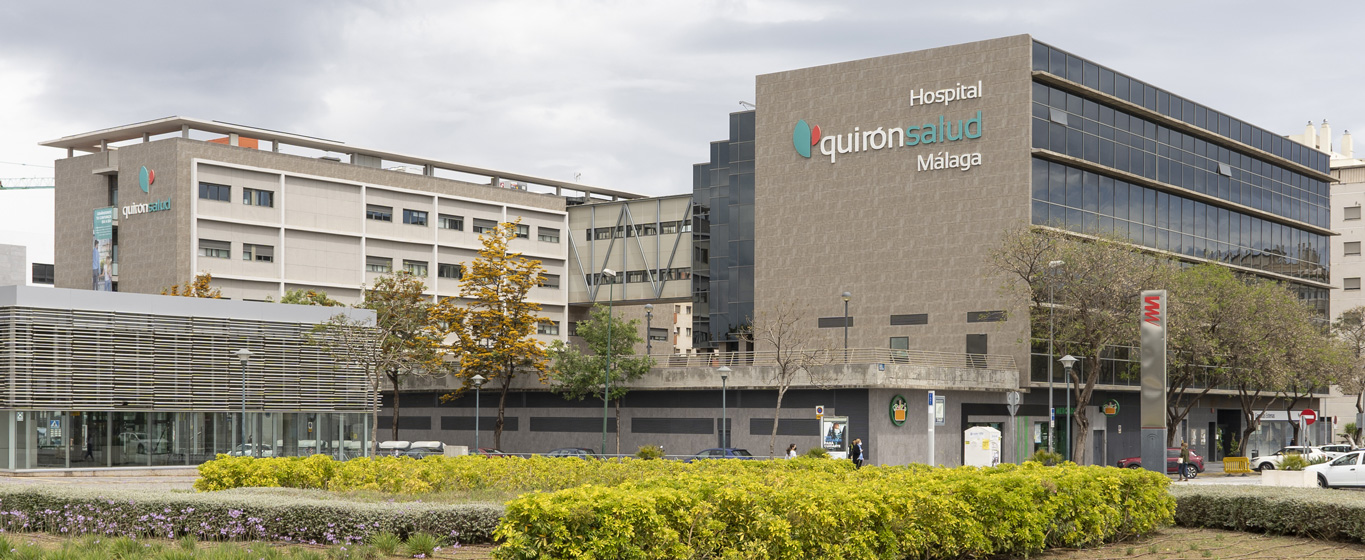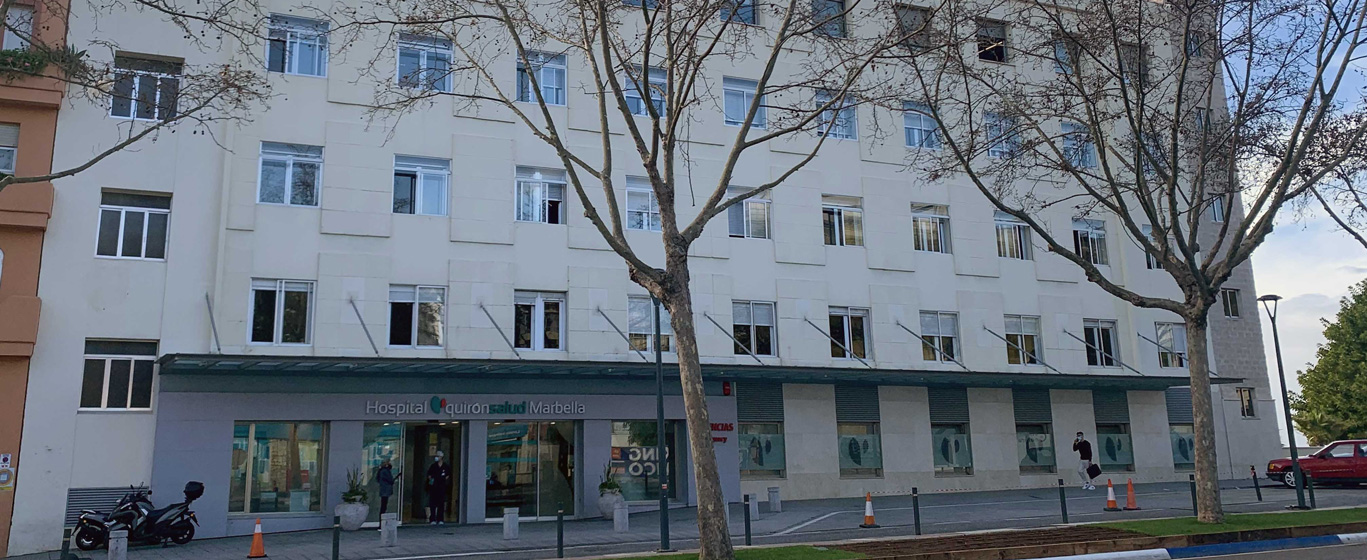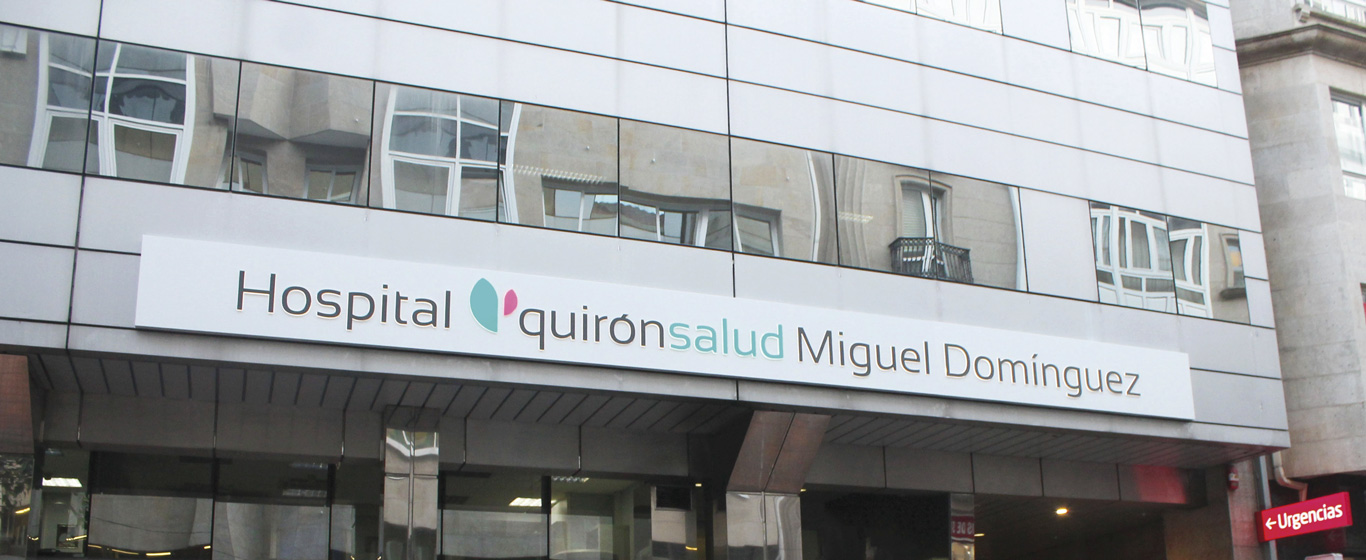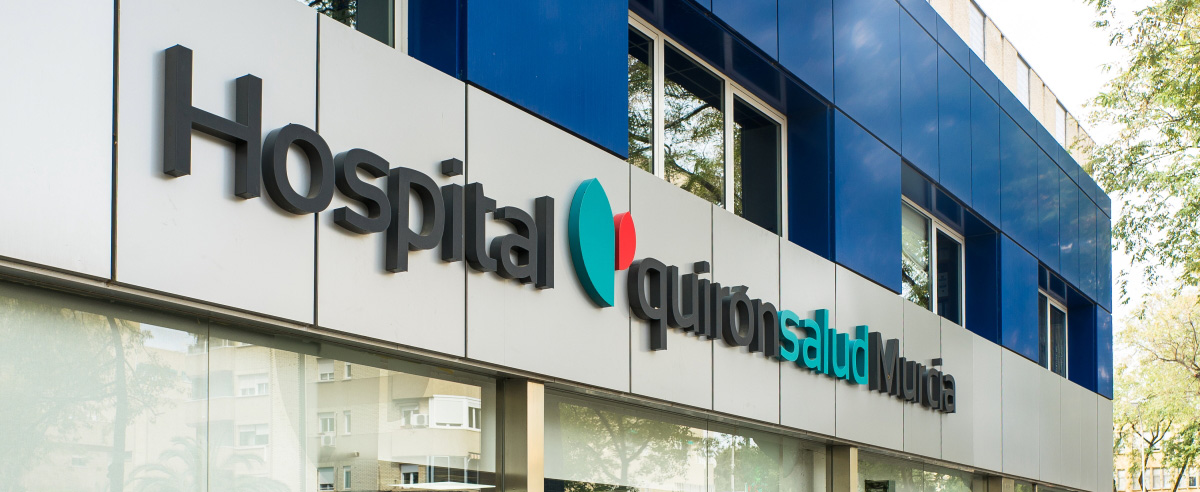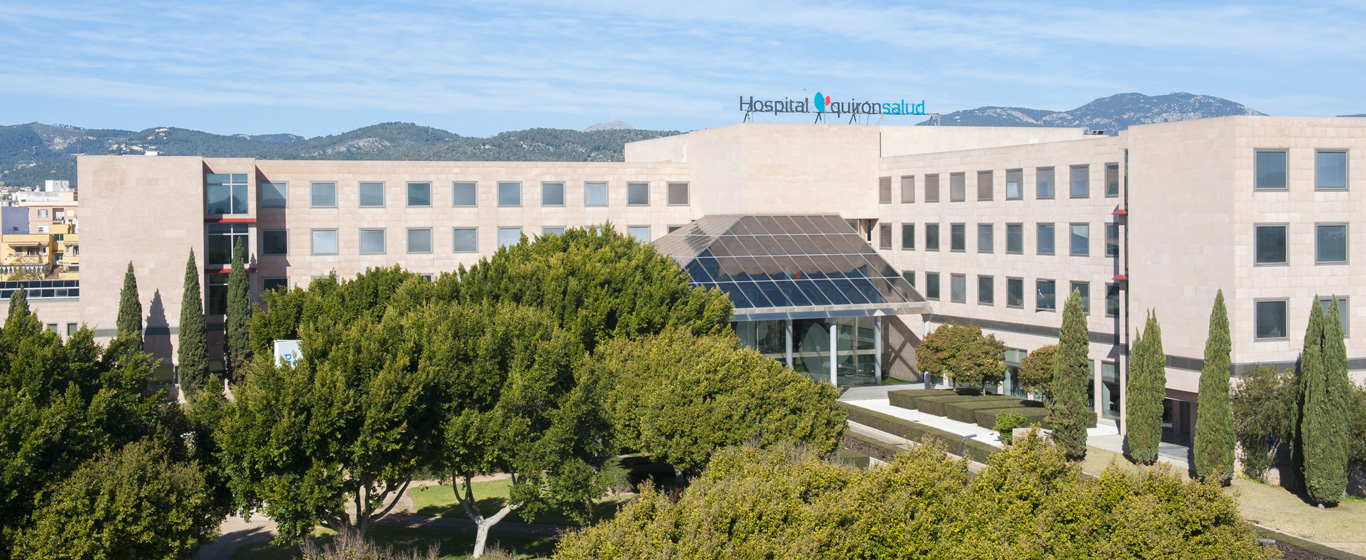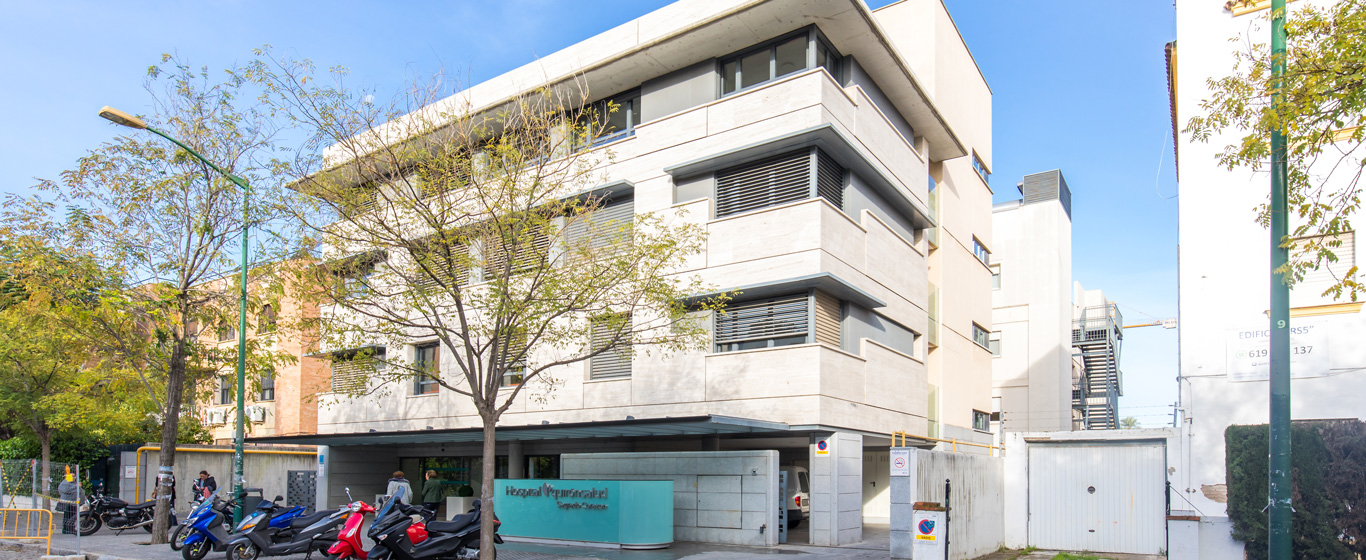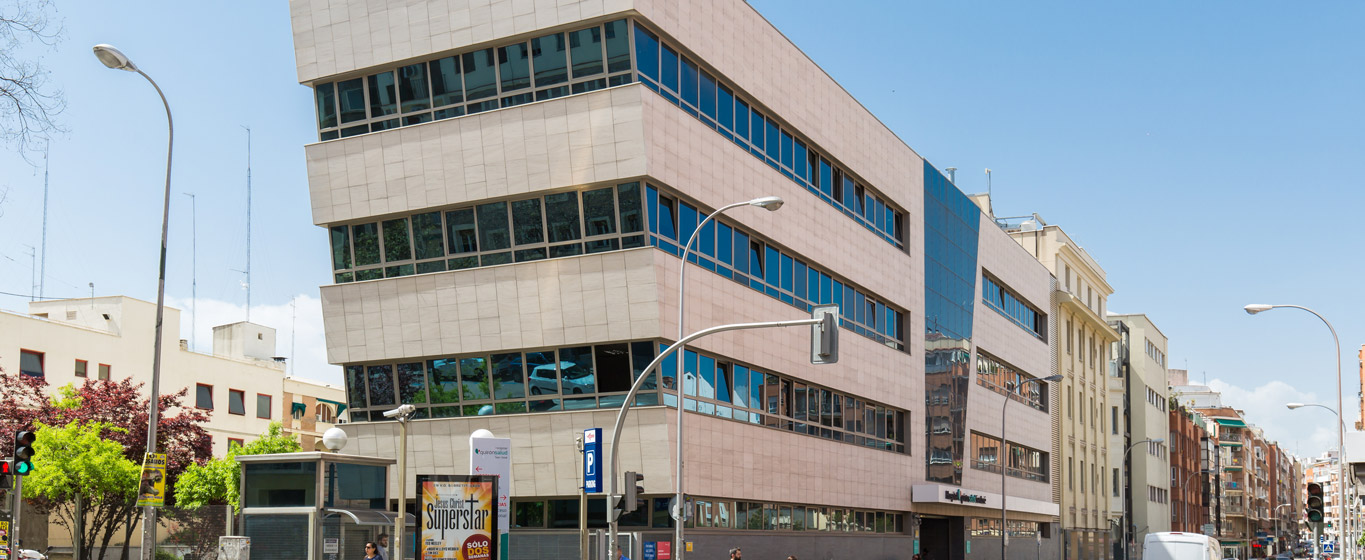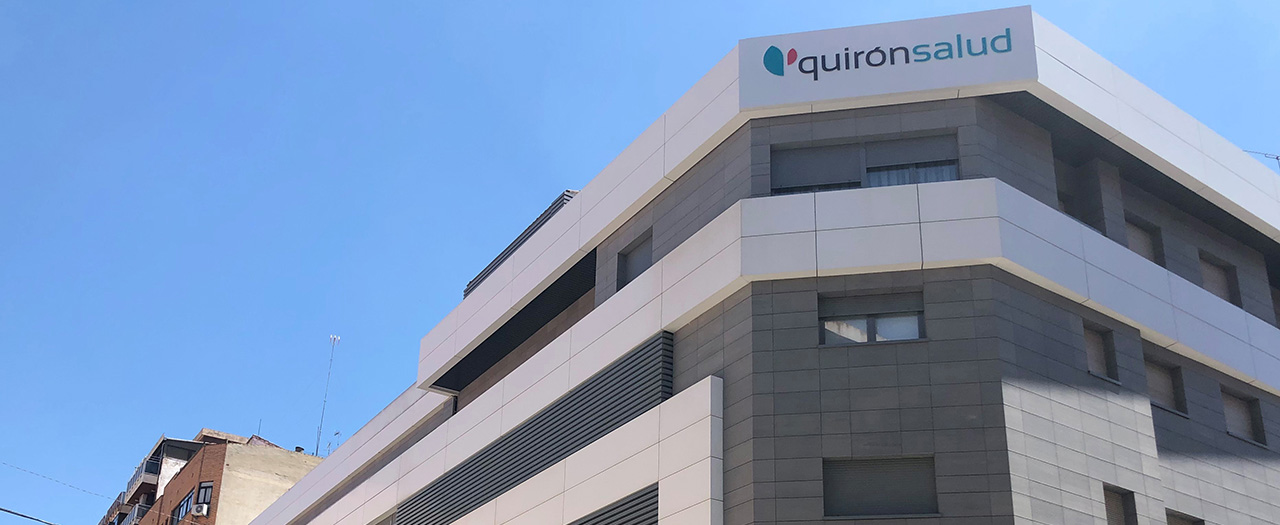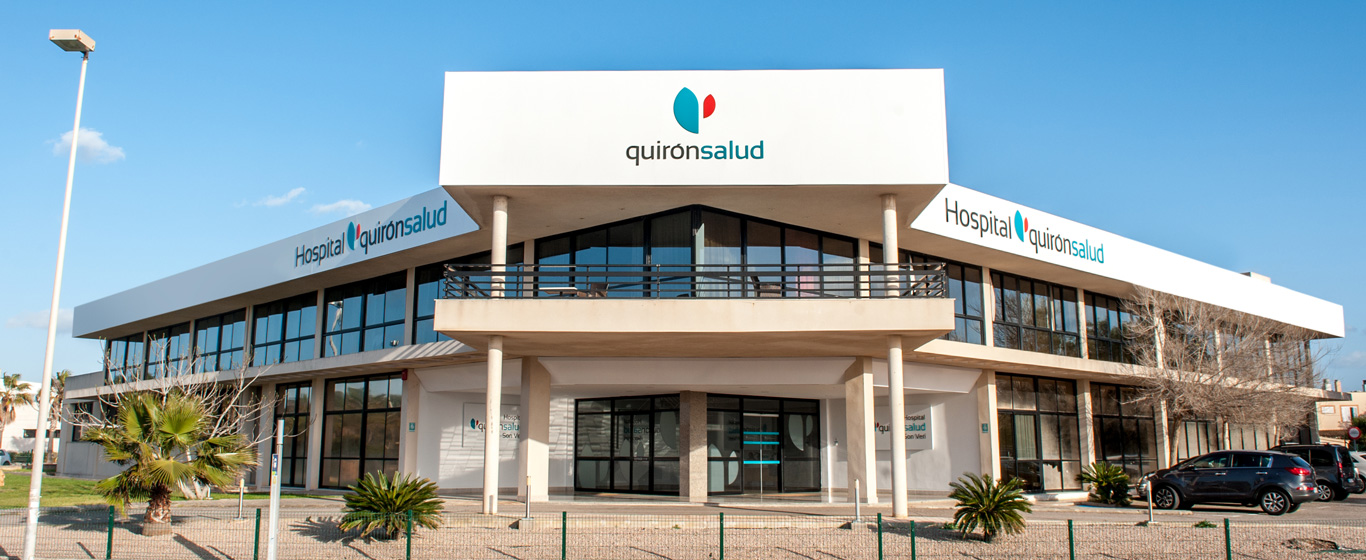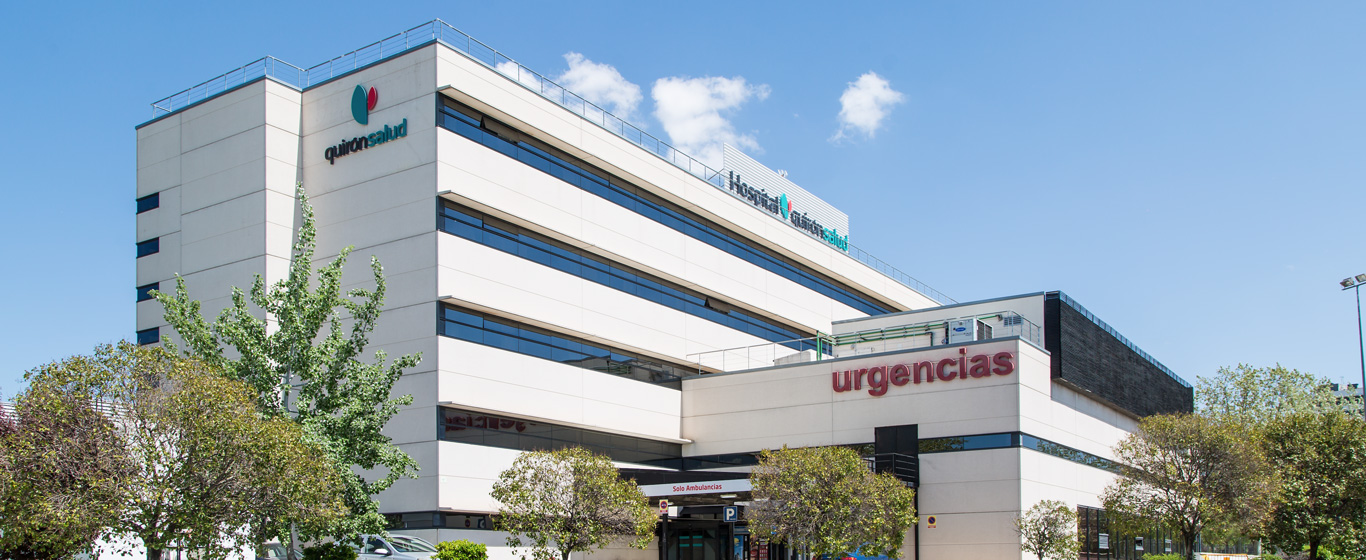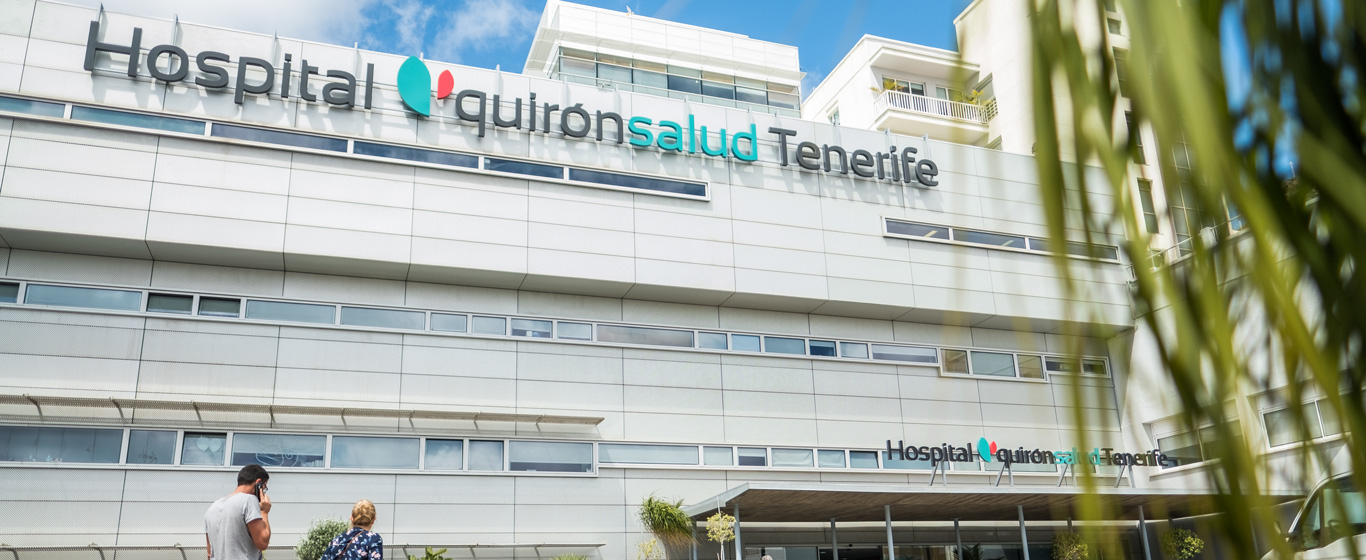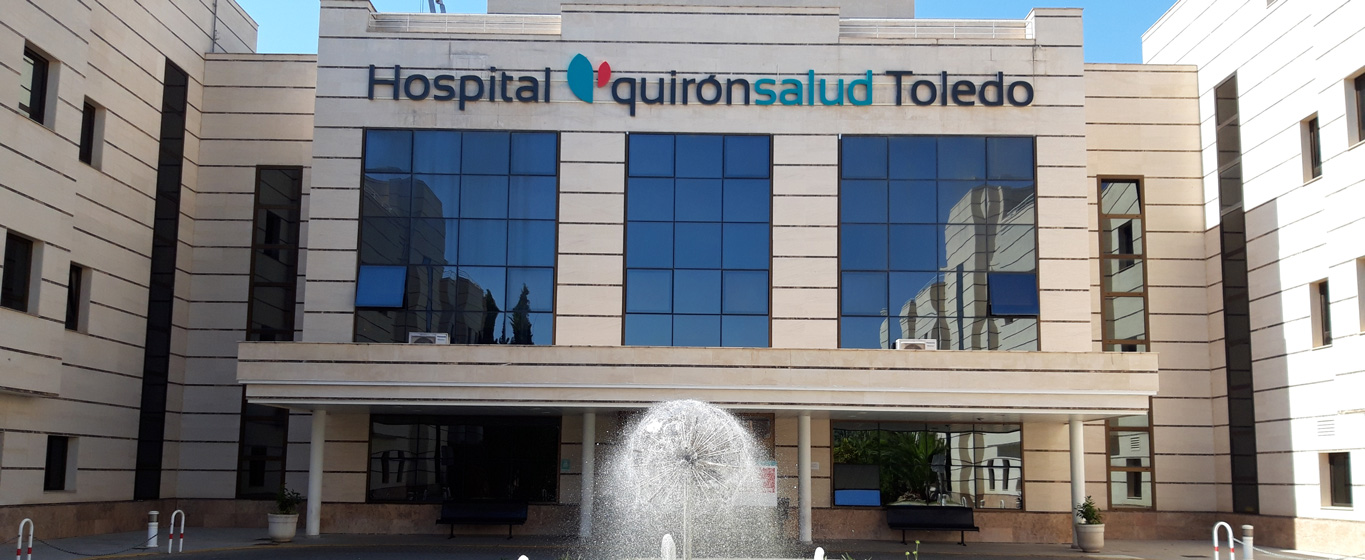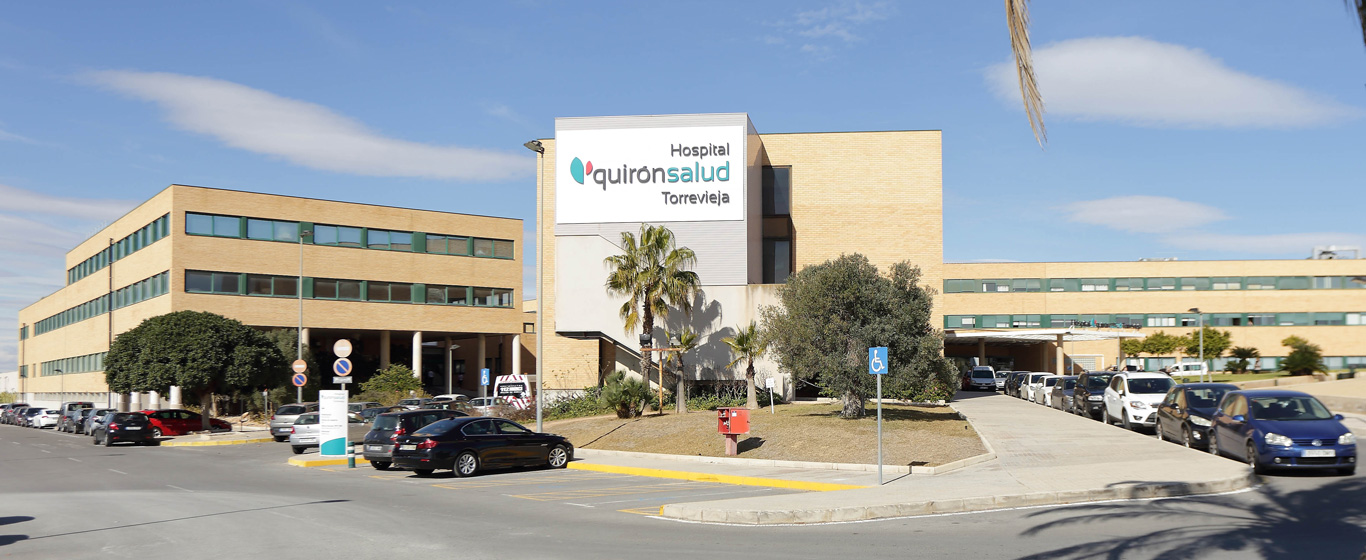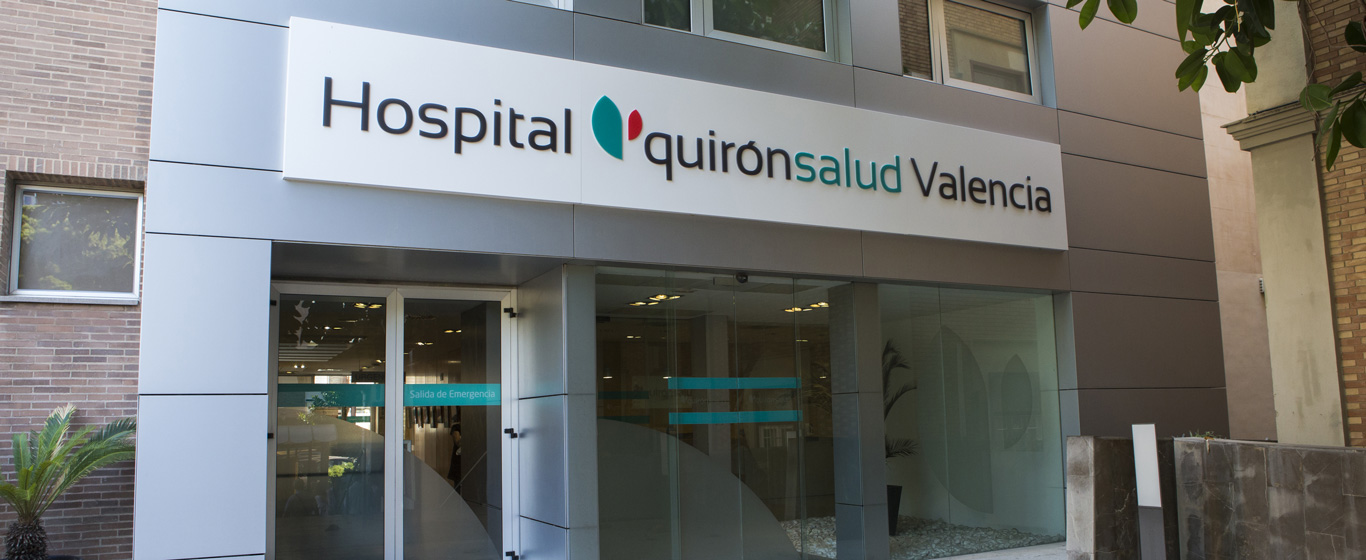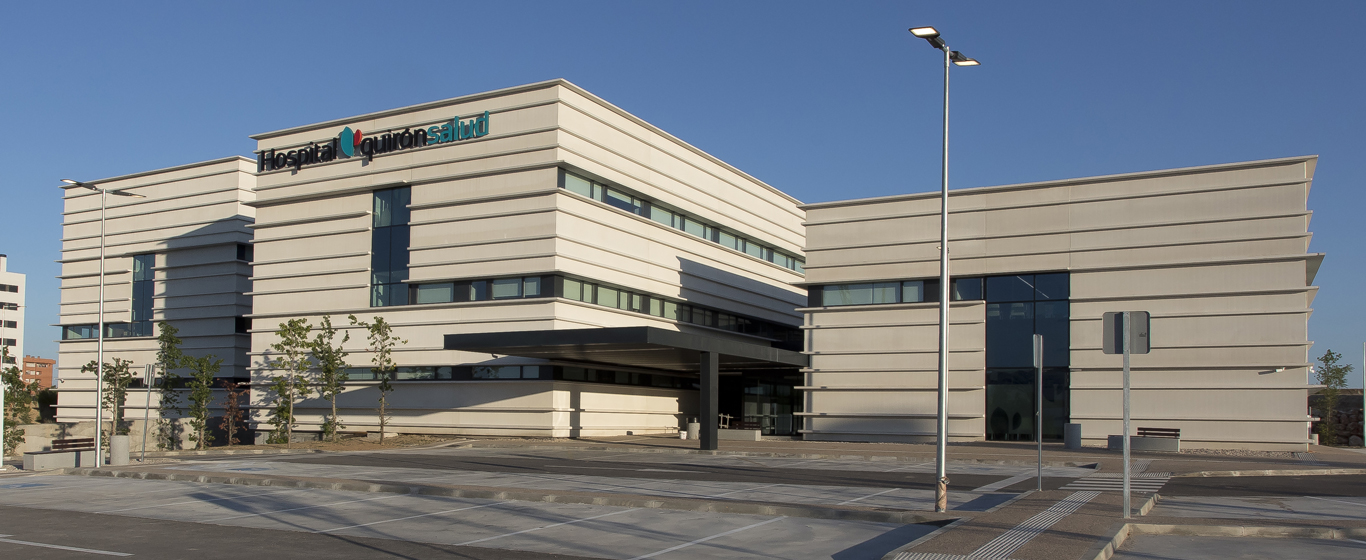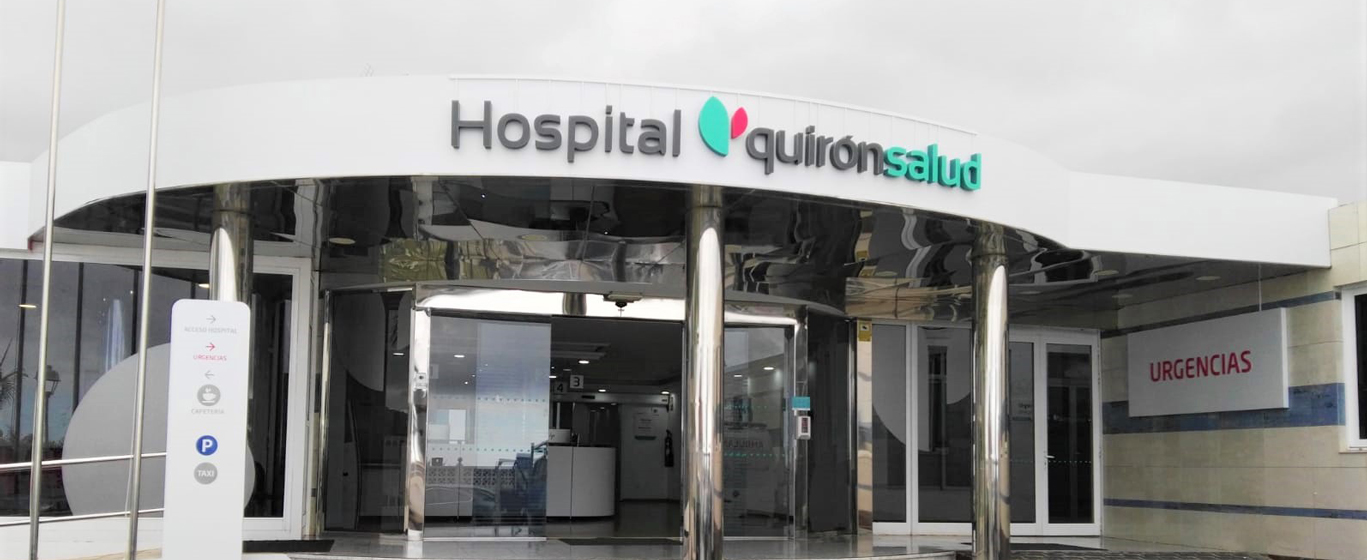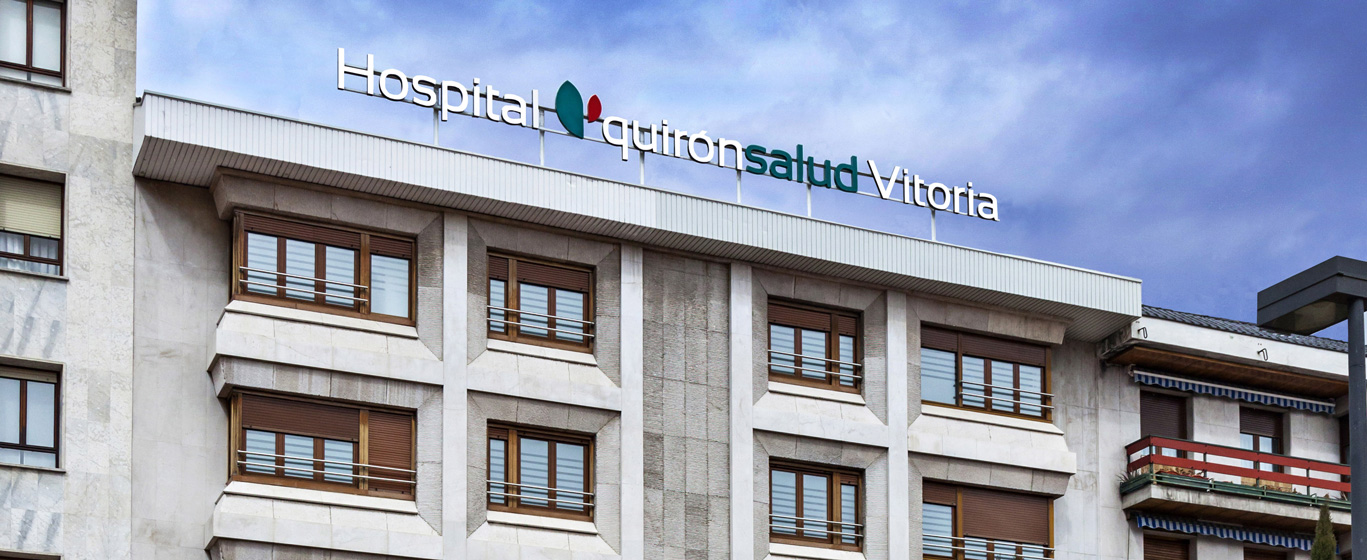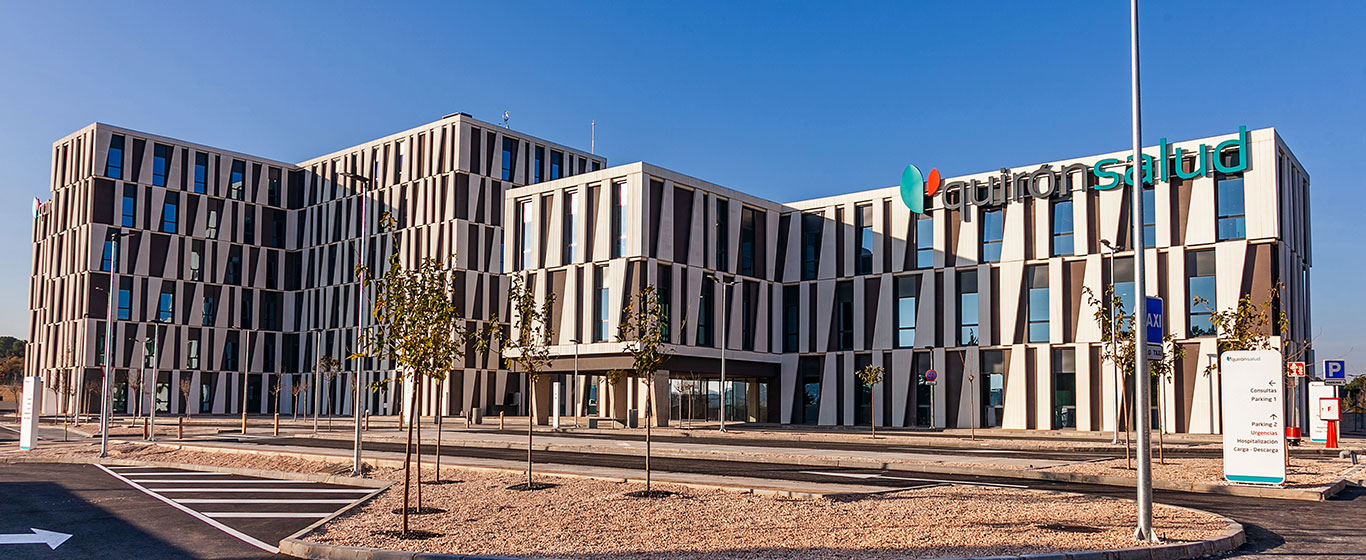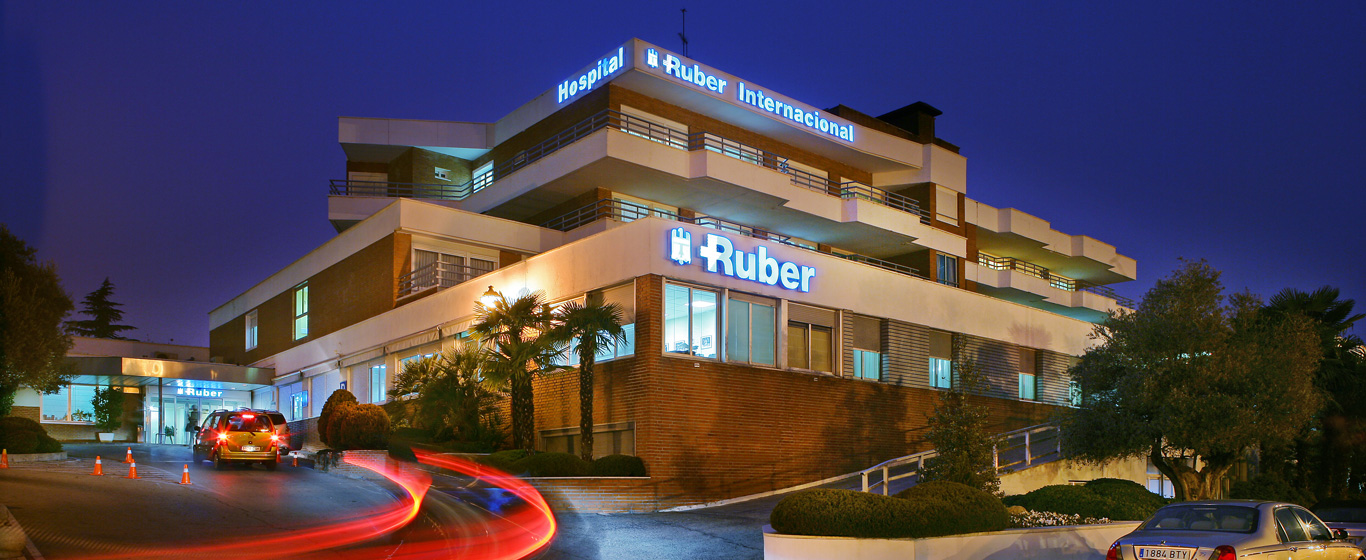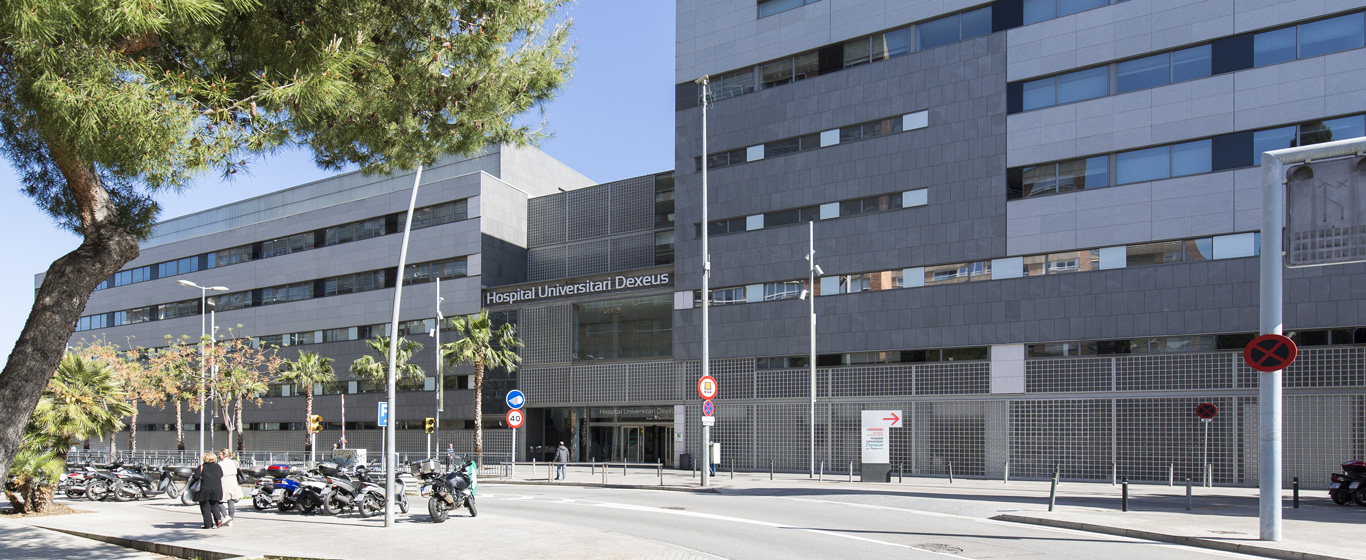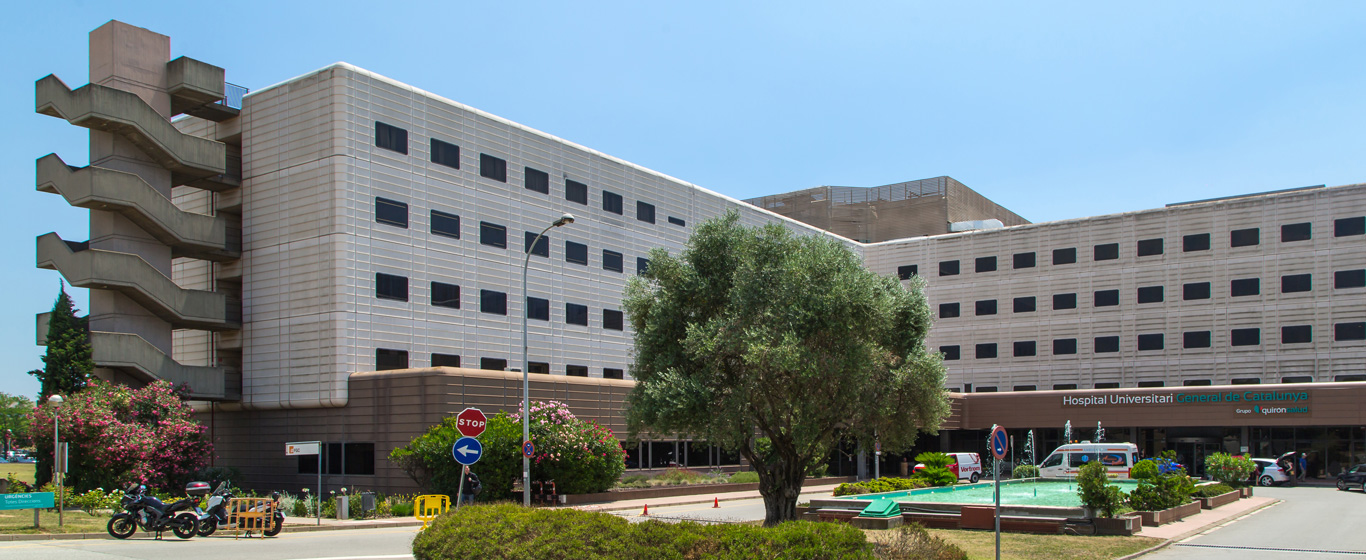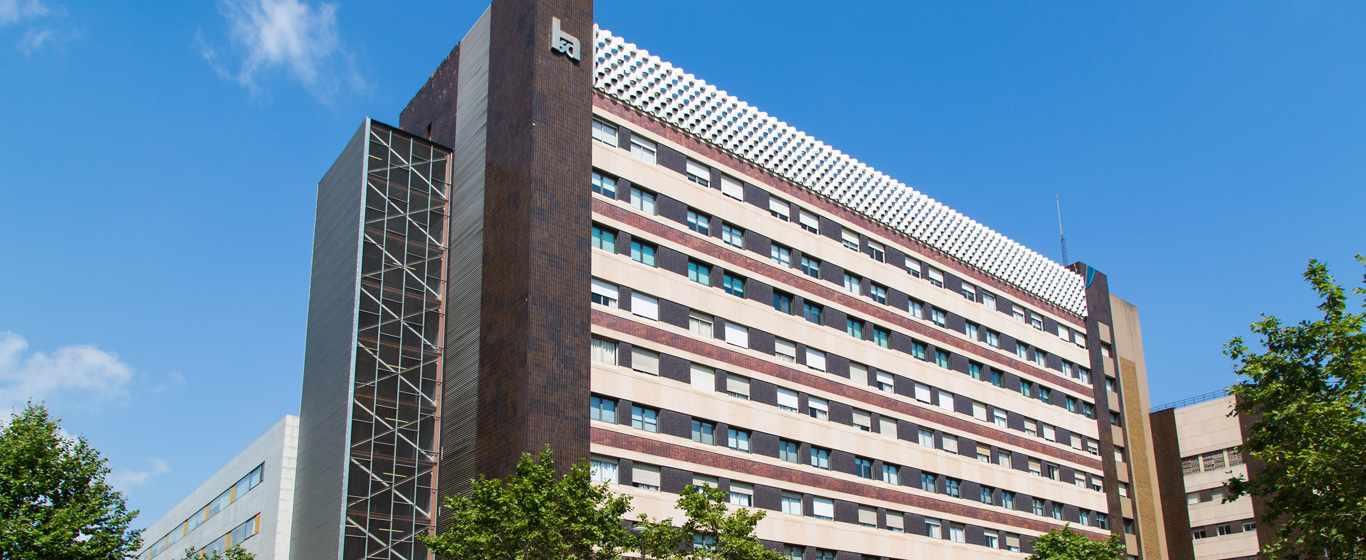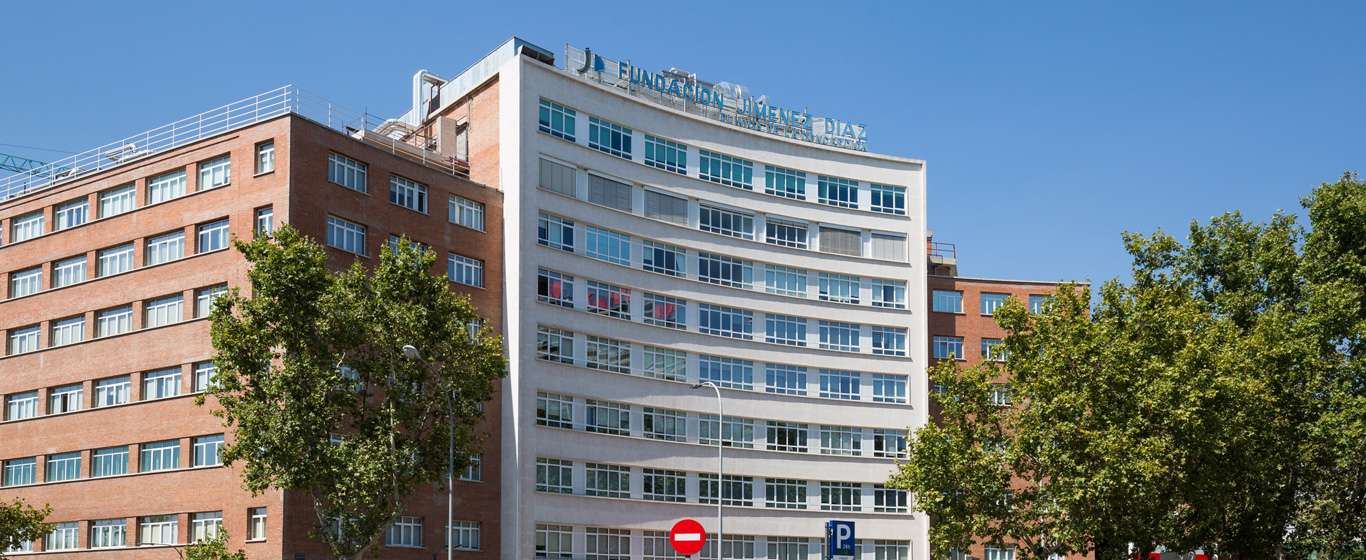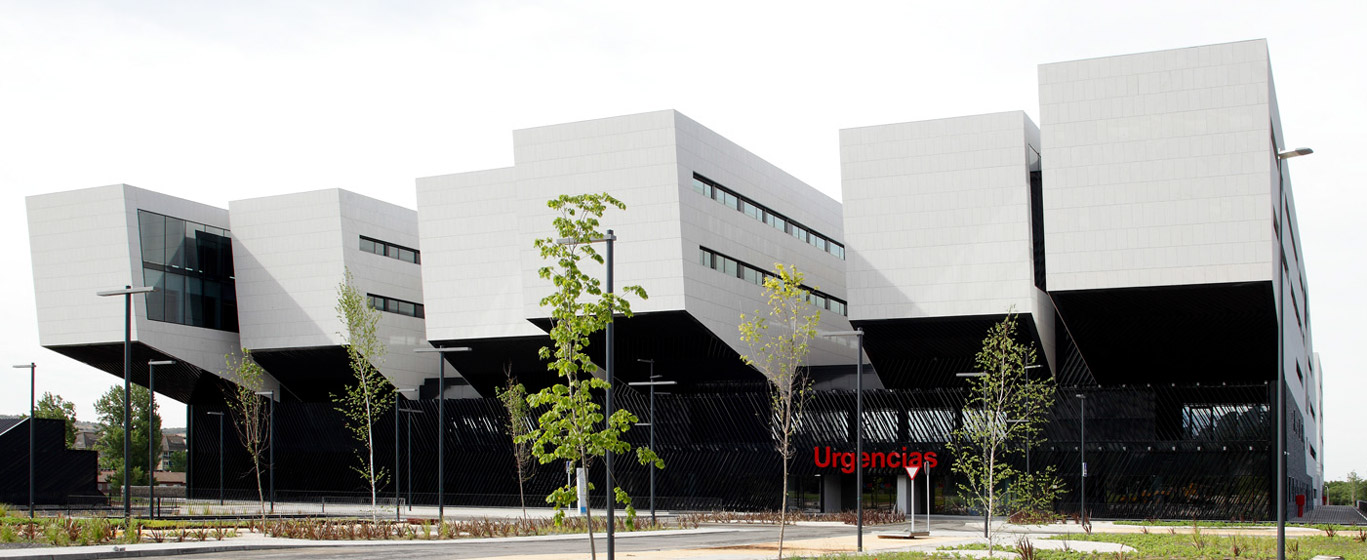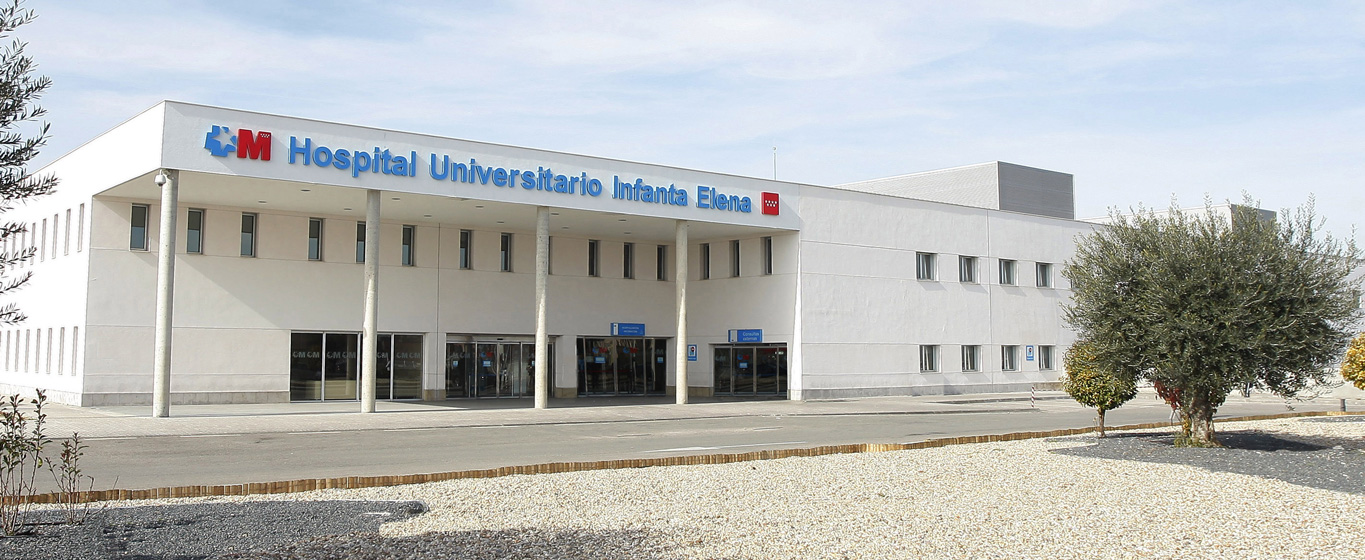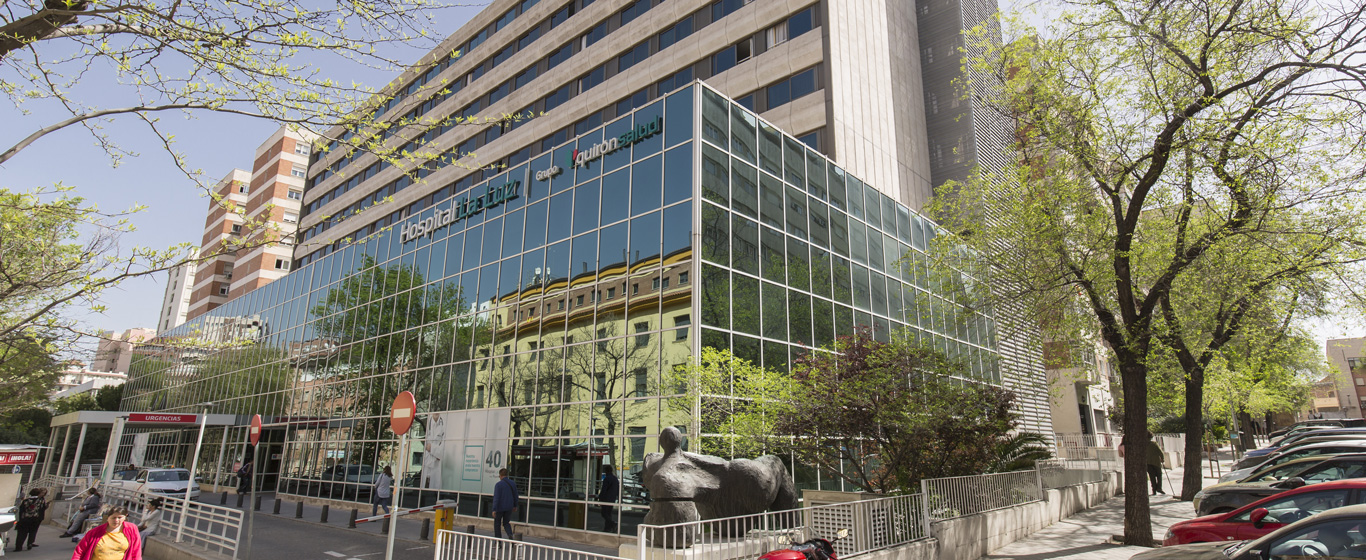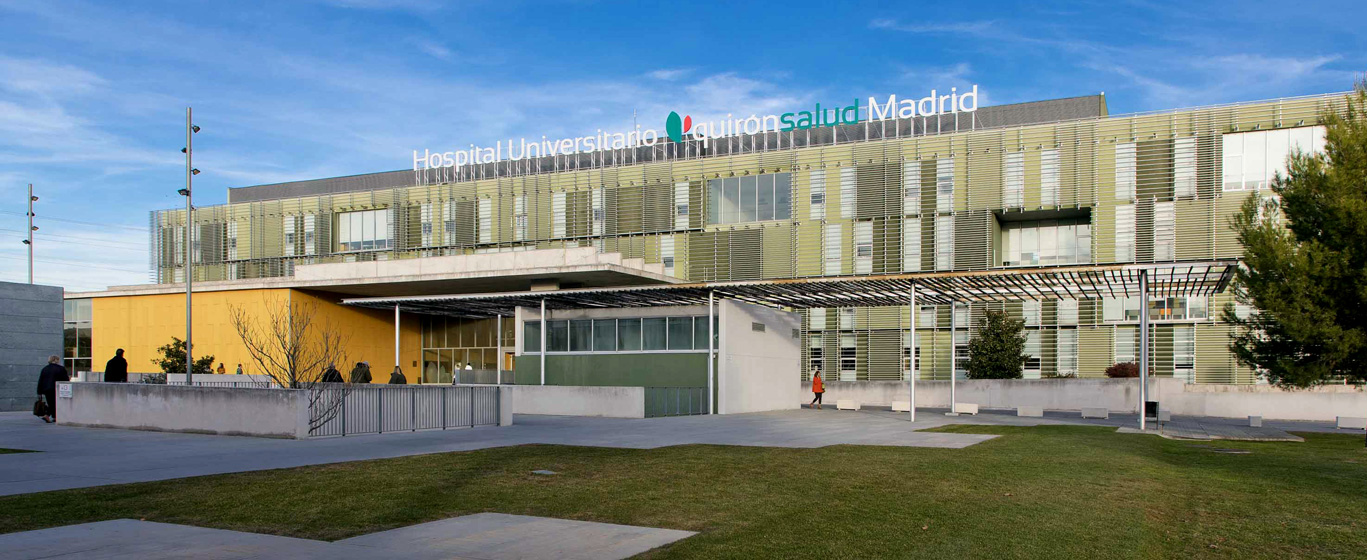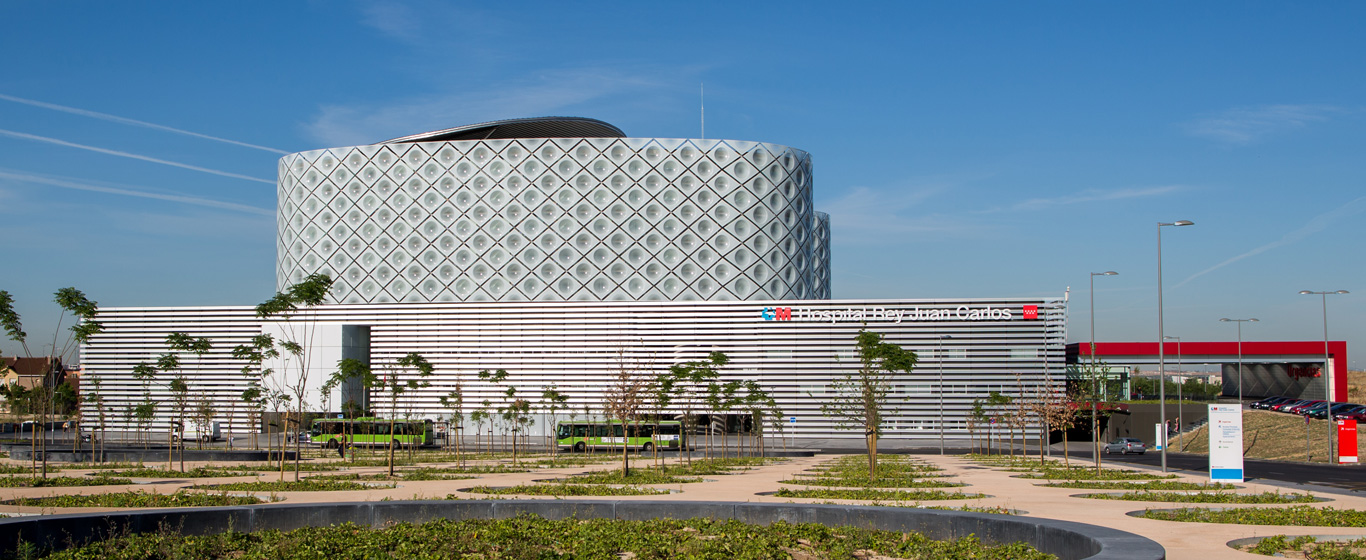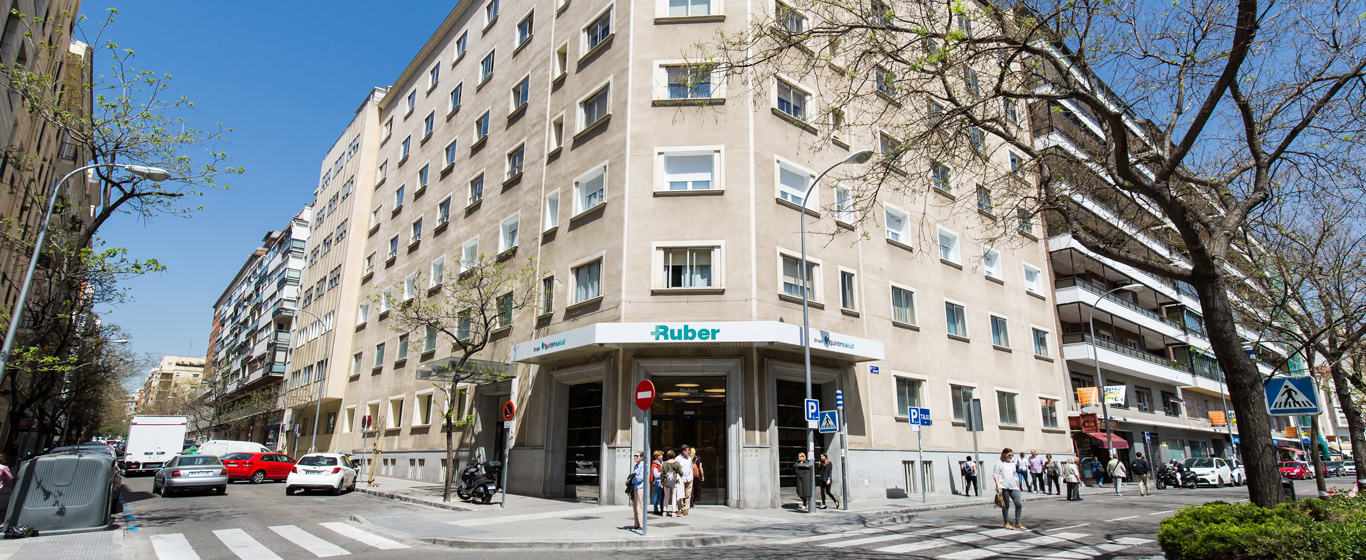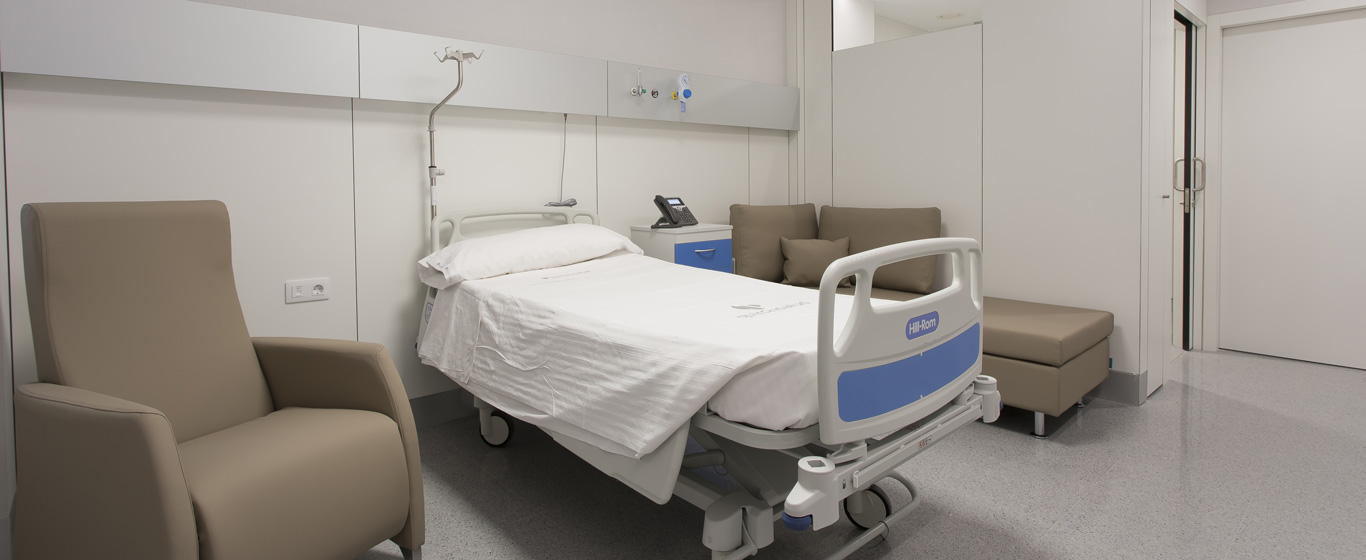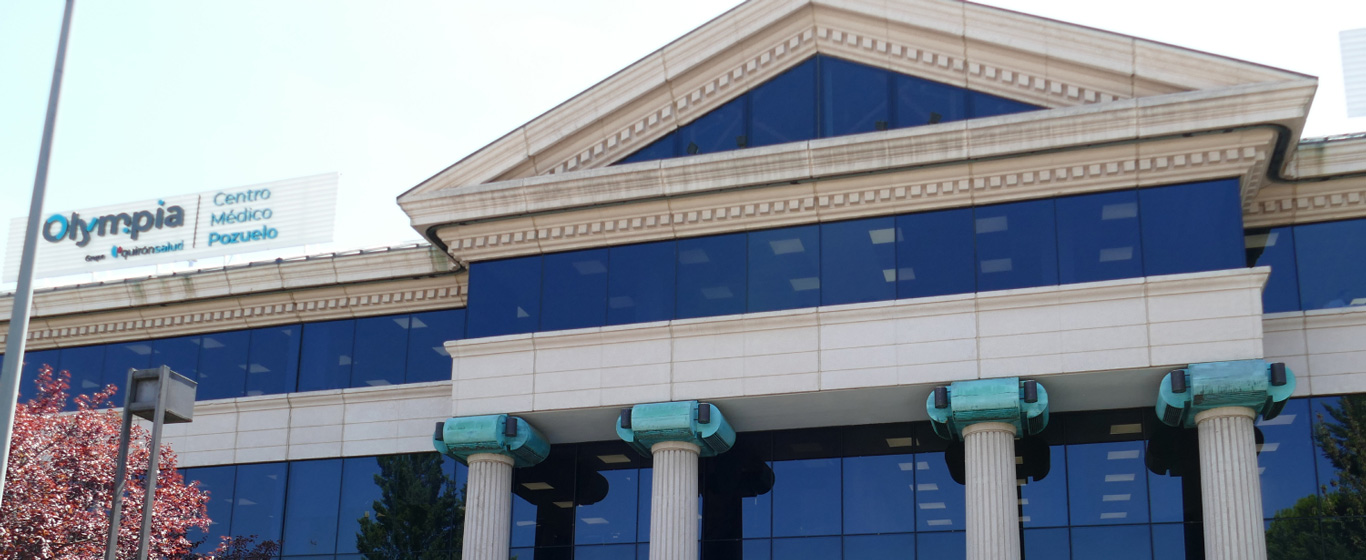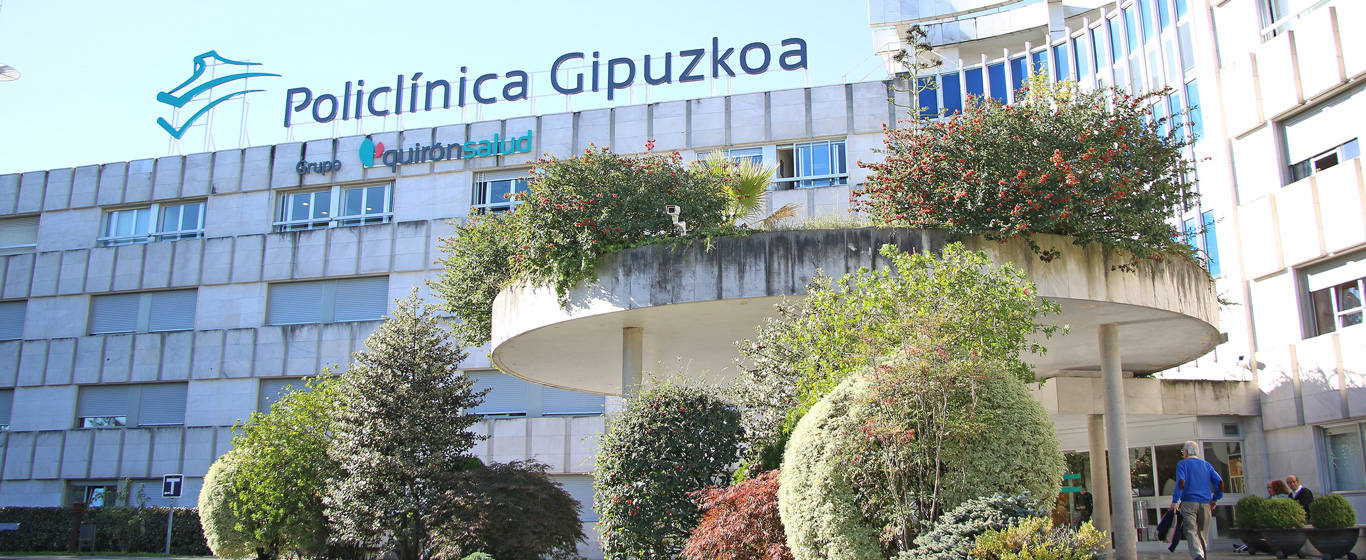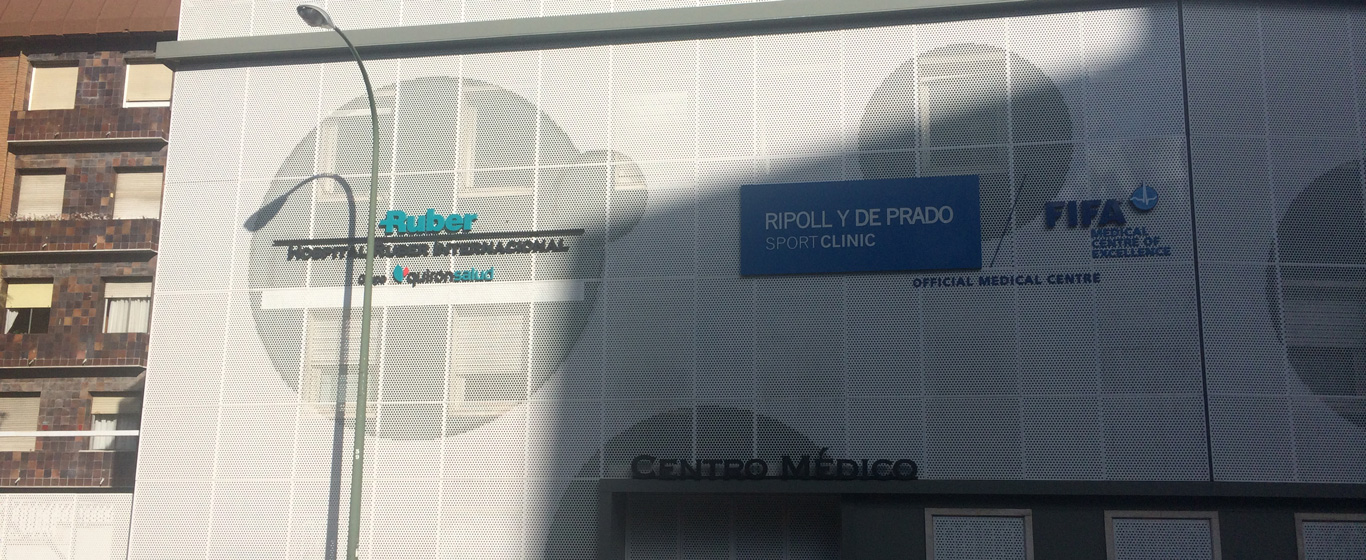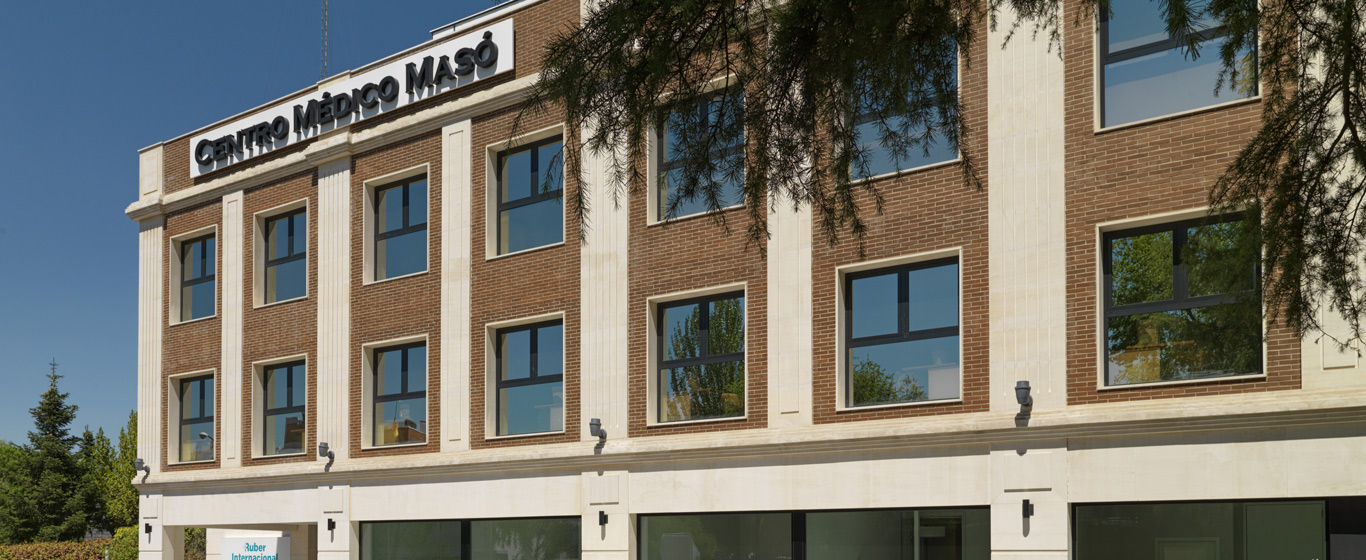Diverticulitis
What is diverticulitis? All the information about its causes, symptoms, and the most effective treatments for this condition.
Symptoms and Causes
When there is excessive pressure in the colon, small pouches can form in the tissue lining its interior, called diverticula. The presence of these diverticula in the intestines is known as diverticulosis, and when they become inflamed, it leads to diverticulitis. These diverticula can appear throughout the intestines, but they most commonly appear in the sigmoid colon, at the end of the large intestine.
Diverticulosis can have different manifestations:
- Asymptomatic diverticulosis: This is the most common situation. The presence of diverticula in the colon without causing any symptoms.
- Symptomatic diverticulosis:
- Symptomatic uncomplicated diverticular disease: Only causes abdominal pain.
- Acute diverticulitis: Results from the inflammation of the diverticula. The symptoms are acute abdominal pain, typically on the lower left side, and fever. If abscesses, fistulas, perforation, or intestinal obstruction occur, it is considered complicated.
- Diverticular bleeding: Occurs due to bleeding from the blood vessels in the diverticula.
- Segmental colitis associated with diverticulosis: Occurs when there is inflammation in the walls of the colon in an area with diverticula.
Currently, the modified Hinchey classification is used to determine the stage of diverticulitis:
- Stage O: Mild diverticulitis
- Stage Ia: Thickened colon wall/pericolic inflammation
- Stage Ib: Abscess (pus accumulation) limited to the vicinity of the colon
- Stage II: Pelvic abscess, distant intra-abdominal or retroperitoneal abscess
- Stage III: Generalized purulent peritonitis (inflammation of the peritoneum, the membrane lining the abdominal cavity, with pus)
- Stage IV: Fecaloid peritonitis (release of fecal contents into the peritoneum)
Symptoms
The most characteristic symptoms of diverticulitis are:
- Abdominal pain in the lower left side.
- Fever.
- Changes in bowel movements.
Causes
In recent years, it has been concluded that diverticulitis occurs due to the inflammation of diverticula in the colon, and not only when they become infected, as was previously thought.
The causes of diverticulosis are still unknown, although it is known that factors such as increased pressure in the colon, a sedentary lifestyle, smoking, and a poor diet low in fiber play a role.
Risk Factors
The most important risk factors are lifestyle-related, such as a Western-type diet rich in red meats, sedentary behavior, smoking, and obesity.
Complications
As previously mentioned, diverticulitis can have complications such as:
- Abscesses: Pus accumulations due to infection and rupture of the diverticulum.
- Intestinal obstruction due to inflammation of the digestive tube.
- Fistulas: The formation of abnormal connections between the intestines and other organs.
- Peritonitis: When the infection spreads to the abdominal cavity.
Contrary to what is often believed, diverticulitis is neither cancerous nor does it increase the chances of developing colon cancer.
Prevention
The best way to prevent diverticulitis is to adopt healthy lifestyle habits, including:
- Engaging in regular moderate exercise.
- Following a fiber-rich diet.
- Drinking plenty of fluids, mainly water.
Which doctor treats diverticulitis?
Specialists in digestive diseases diagnose and treat diverticulitis. Radiologists assist in performing tests that confirm the disease, while general surgeons handle the necessary surgical interventions.
Diagnosis
The diagnosis of diverticulitis begins with studying the patient's medical history and the symptoms they report. Subsequently, other tests are conducted, such as:
- Blood and urine tests: These reveal the general health status and help identify possible infections.
- Computed tomography (CT) scan or abdominal ultrasound: These provide clear images of the intestines, allowing for the observation of diverticula and their current stage.
Once the acute phase has been resolved and the inflammation reduced, a colonoscopy is recommended (a procedure in which a flexible tube with a camera is inserted to capture images of the inside of the colon) to confirm the presence of diverticula and rule out other diseases.
Treatment
The treatment for diverticulitis focuses on alleviating symptoms and is tailored depending on the type and stage of the condition.
Uncomplicated diverticulitis is typically managed with:
- Antibiotics
- Pain relievers
- Liquid diet during the acute phase, followed by gradual reintroduction of solid foods
Complicated cases of diverticulitis require treatments such as:
- Intravenous antibiotics in cases of infection
- Abscess drainage to remove pus
- Peritoneal lavage with saline solution to keep the abdomen clean
- Laparoscopic colectomy with anastomosis: A surgery where the affected part of the colon is removed and the healthy parts are connected
- Colectomy with colostomy: A surgical procedure where, in addition to removing the most damaged part of the colon, an opening is made in the abdominal wall to place a bag for collecting stool. With the intestine at rest, it recovers from inflammation more easily, and in most cases, the colostomy is reversed, allowing for normal life




